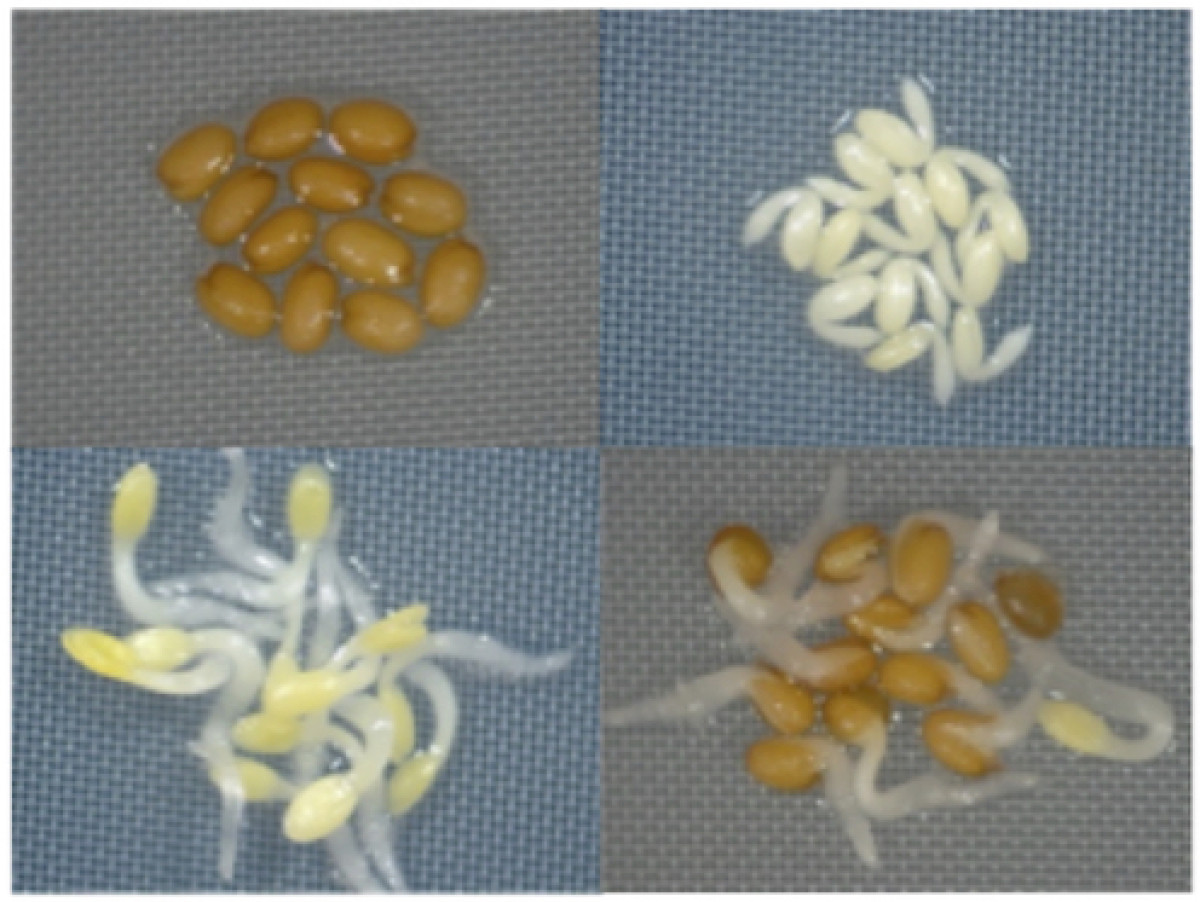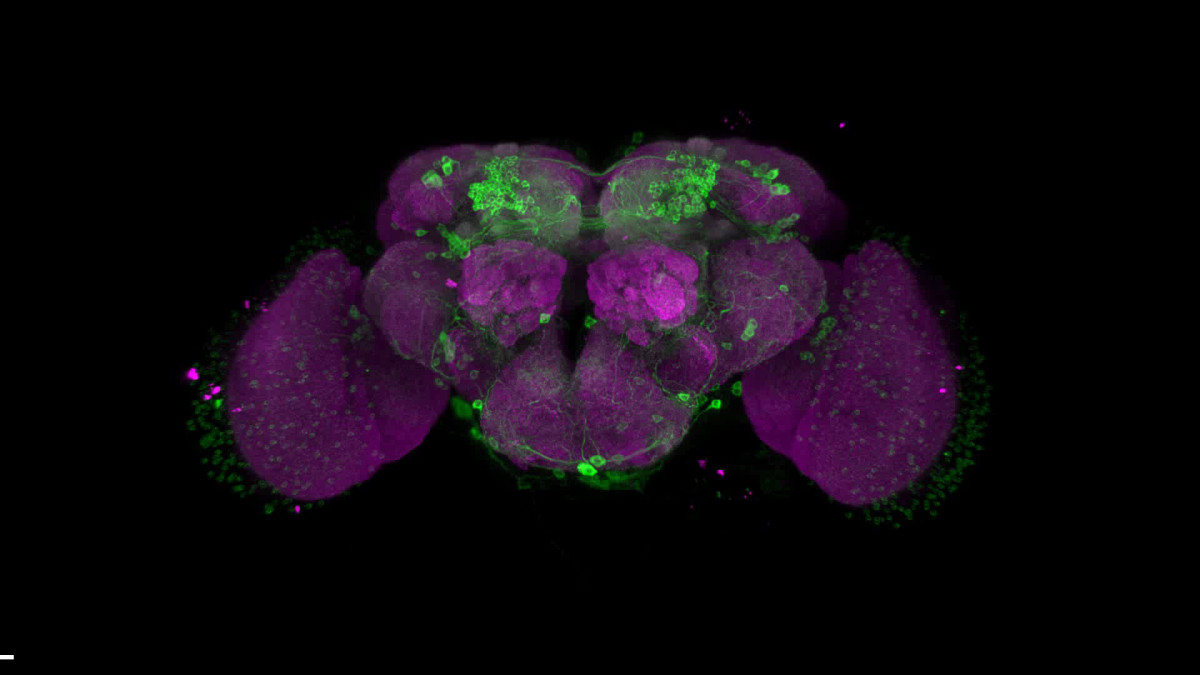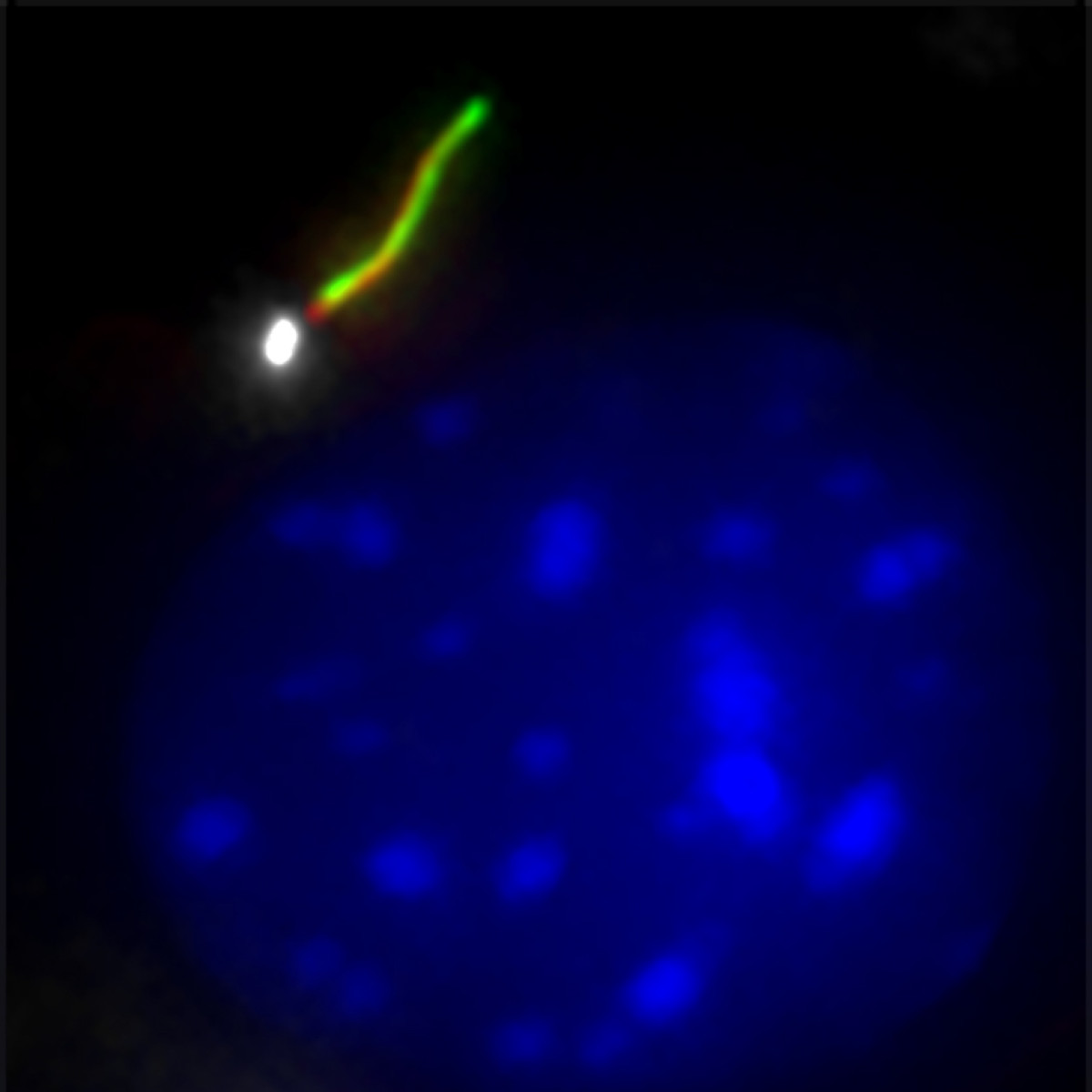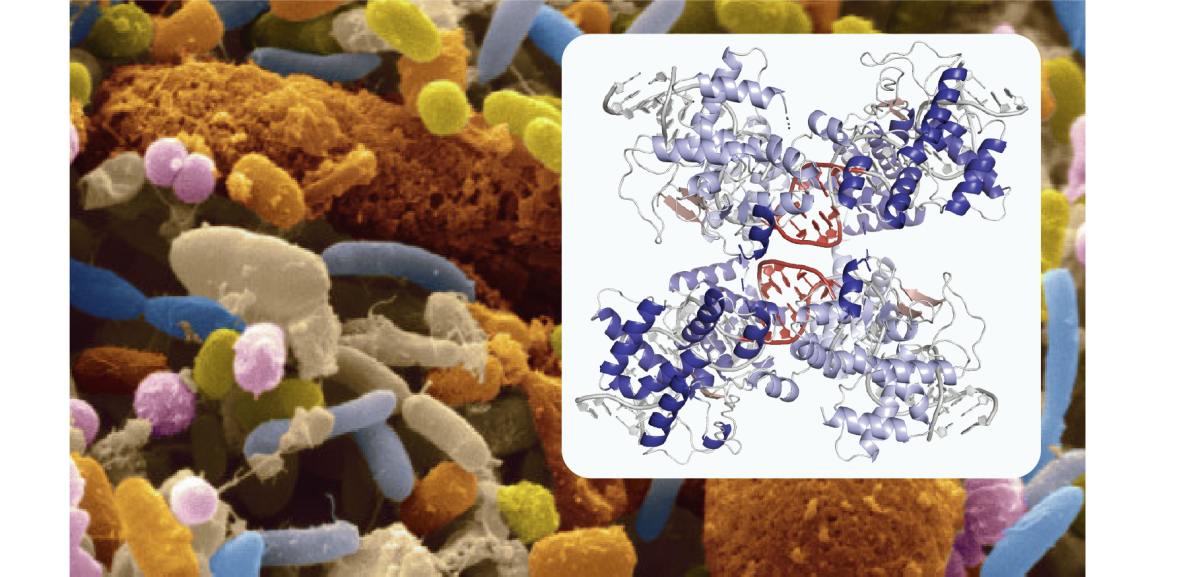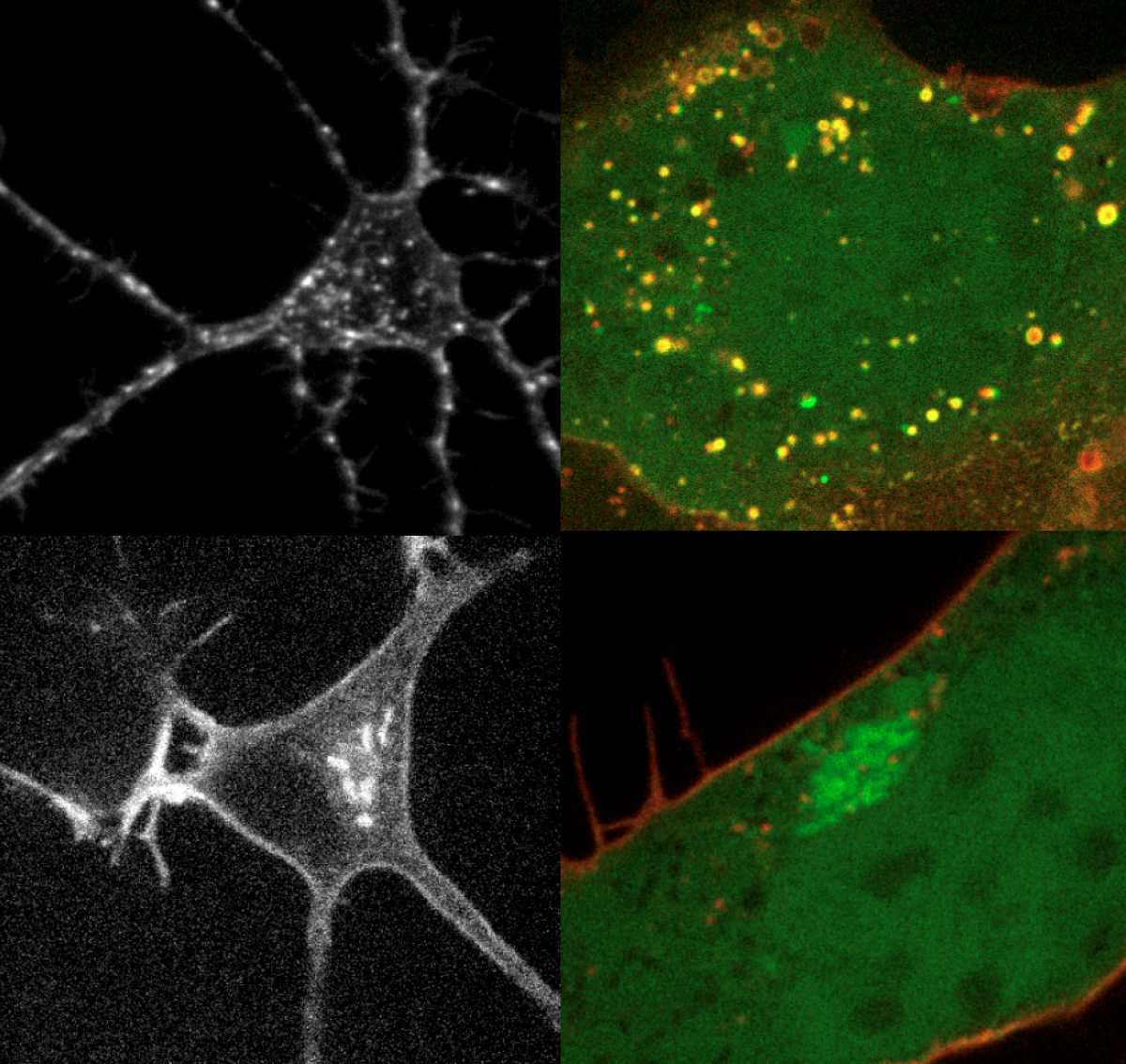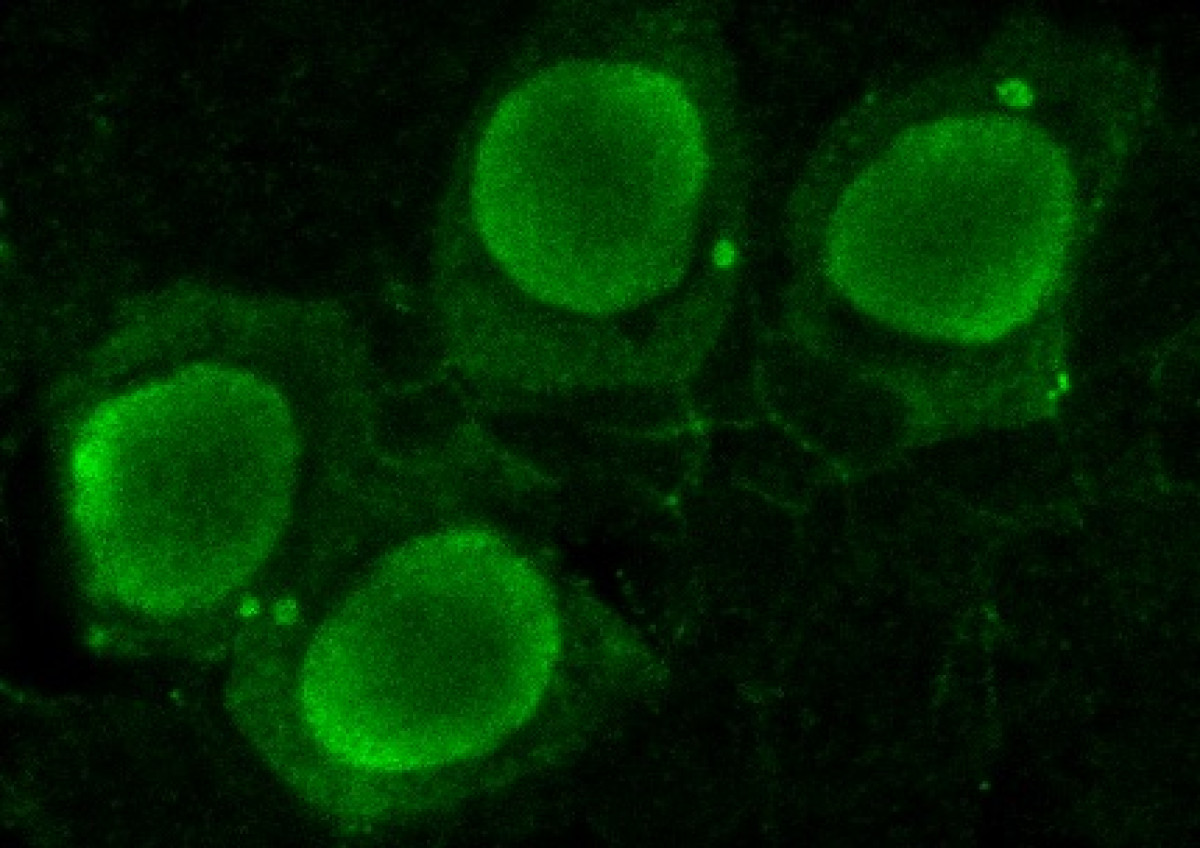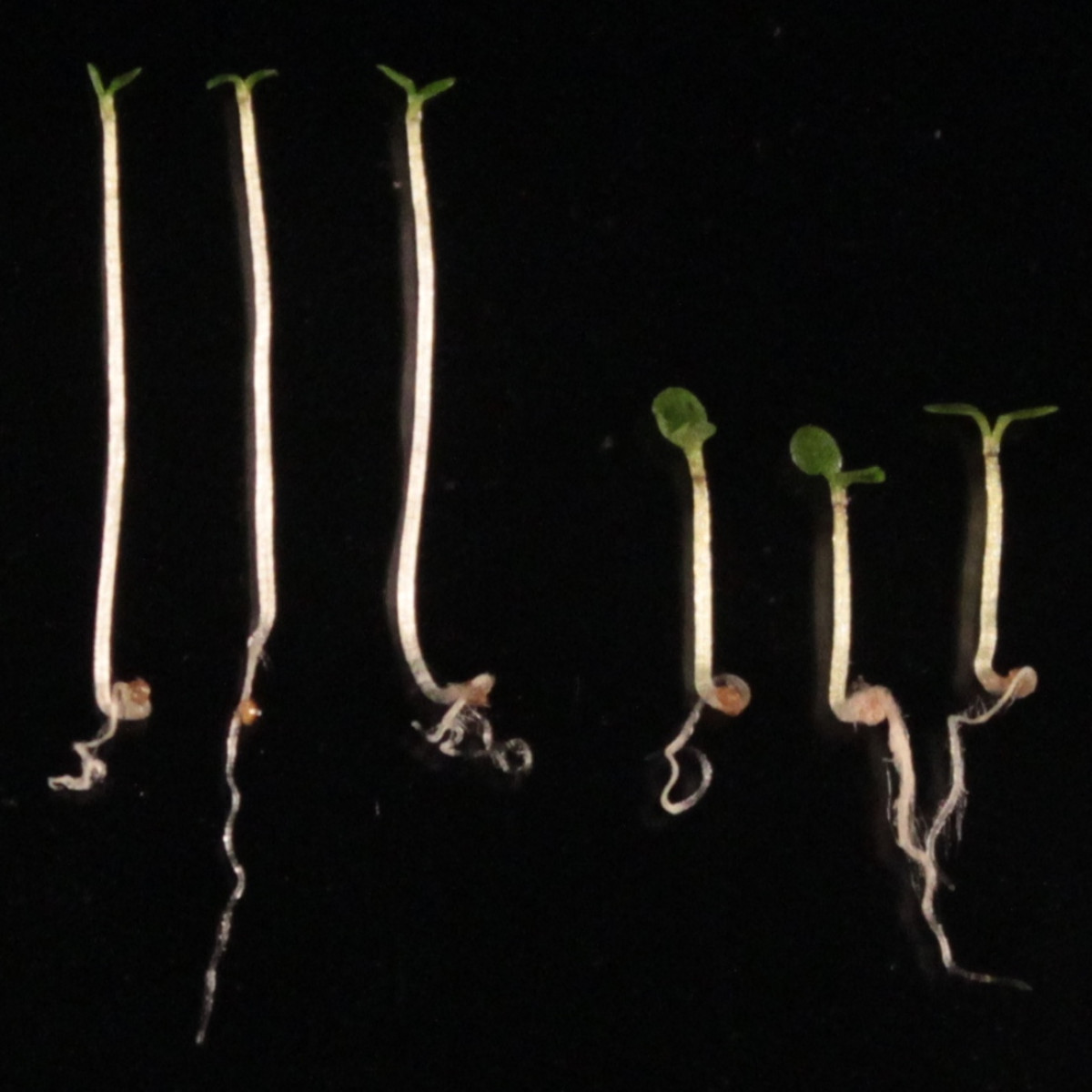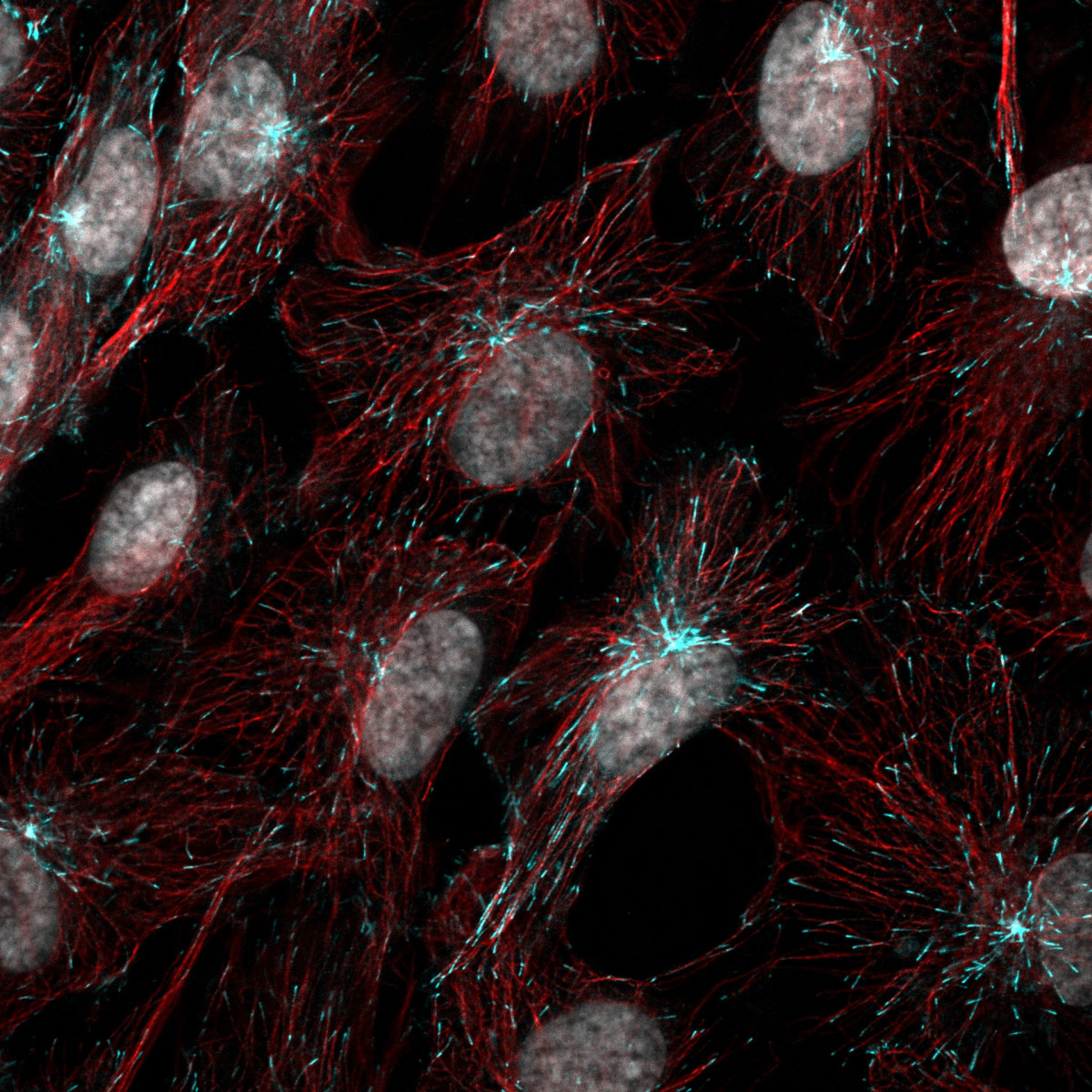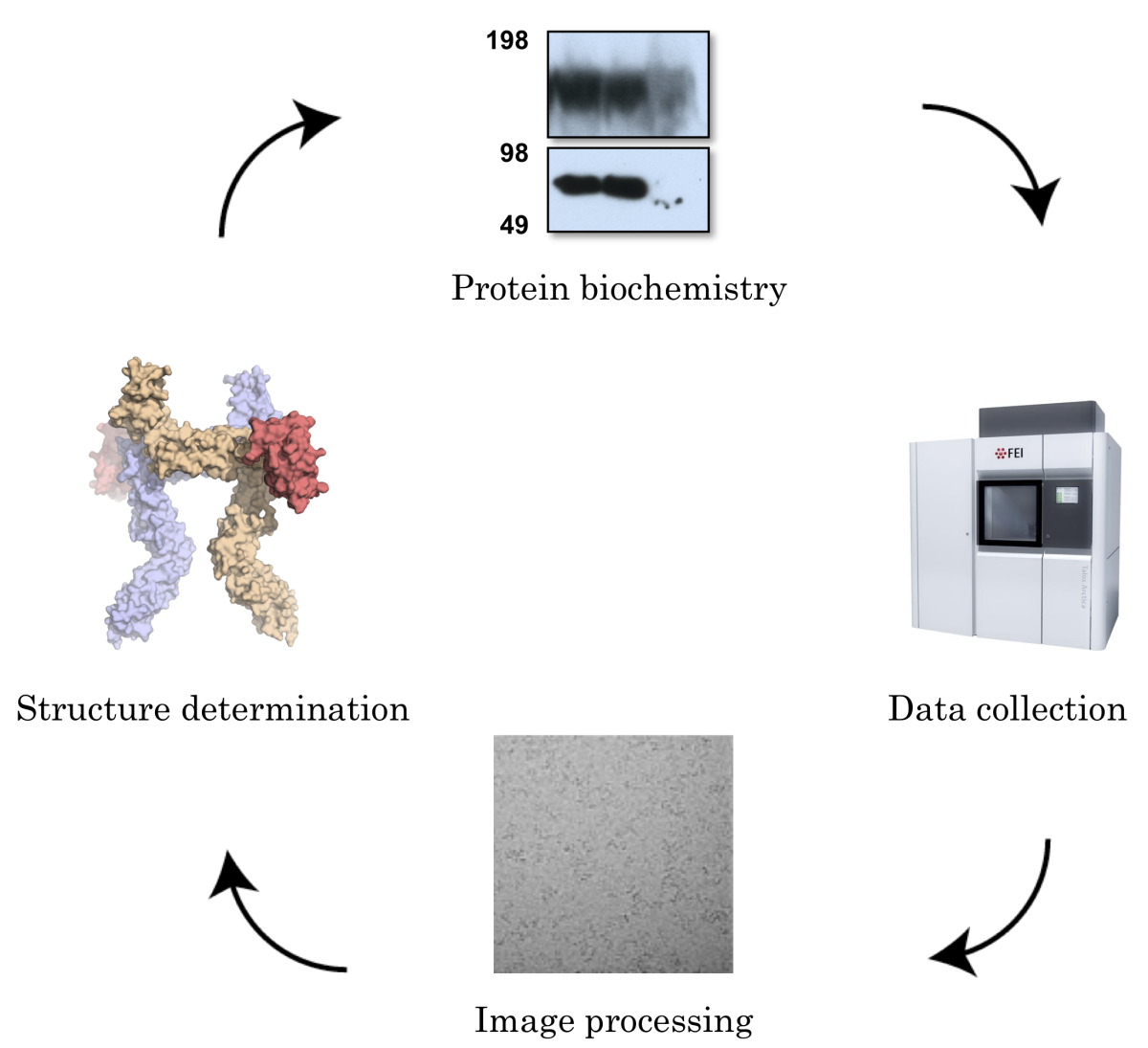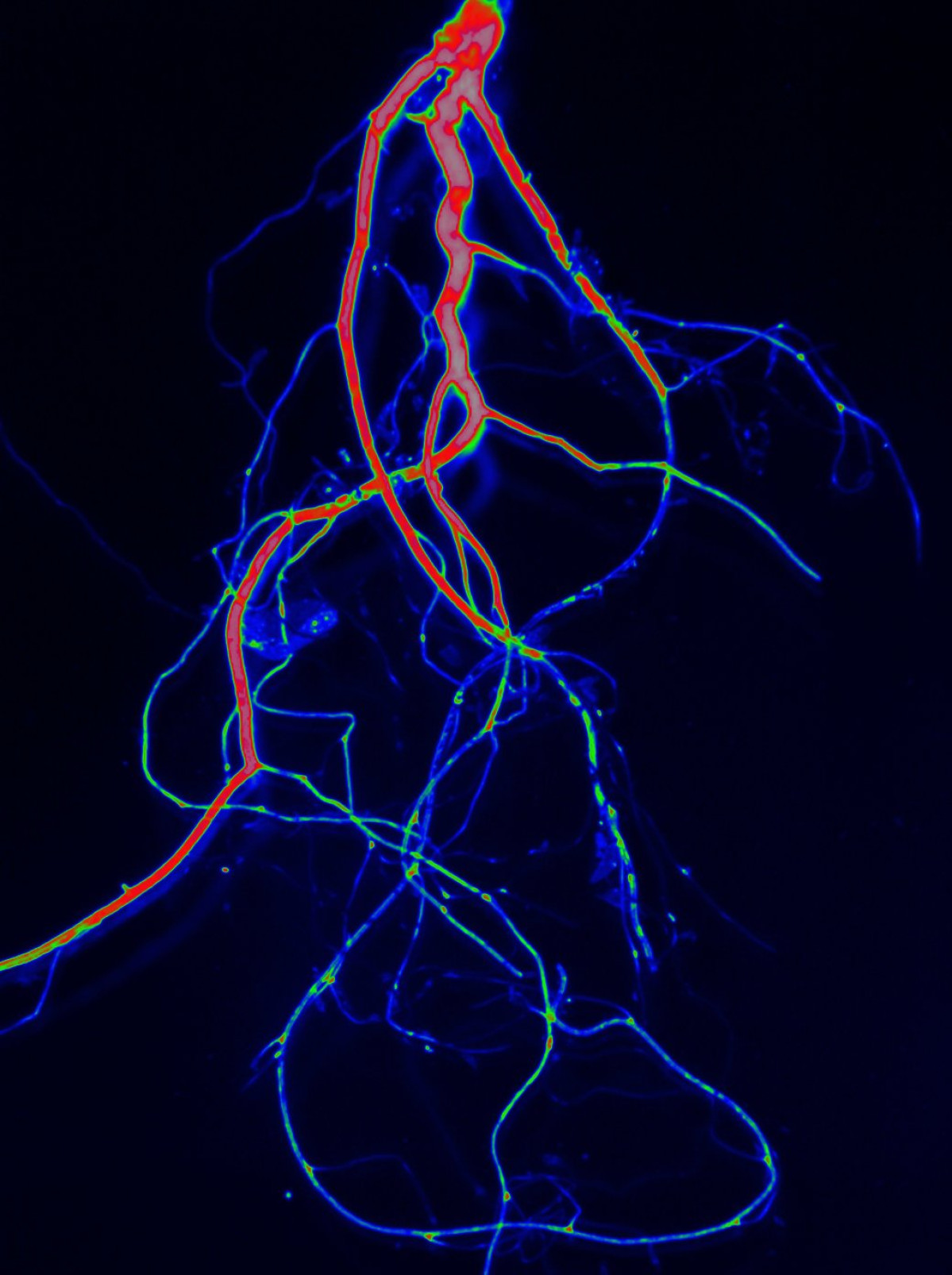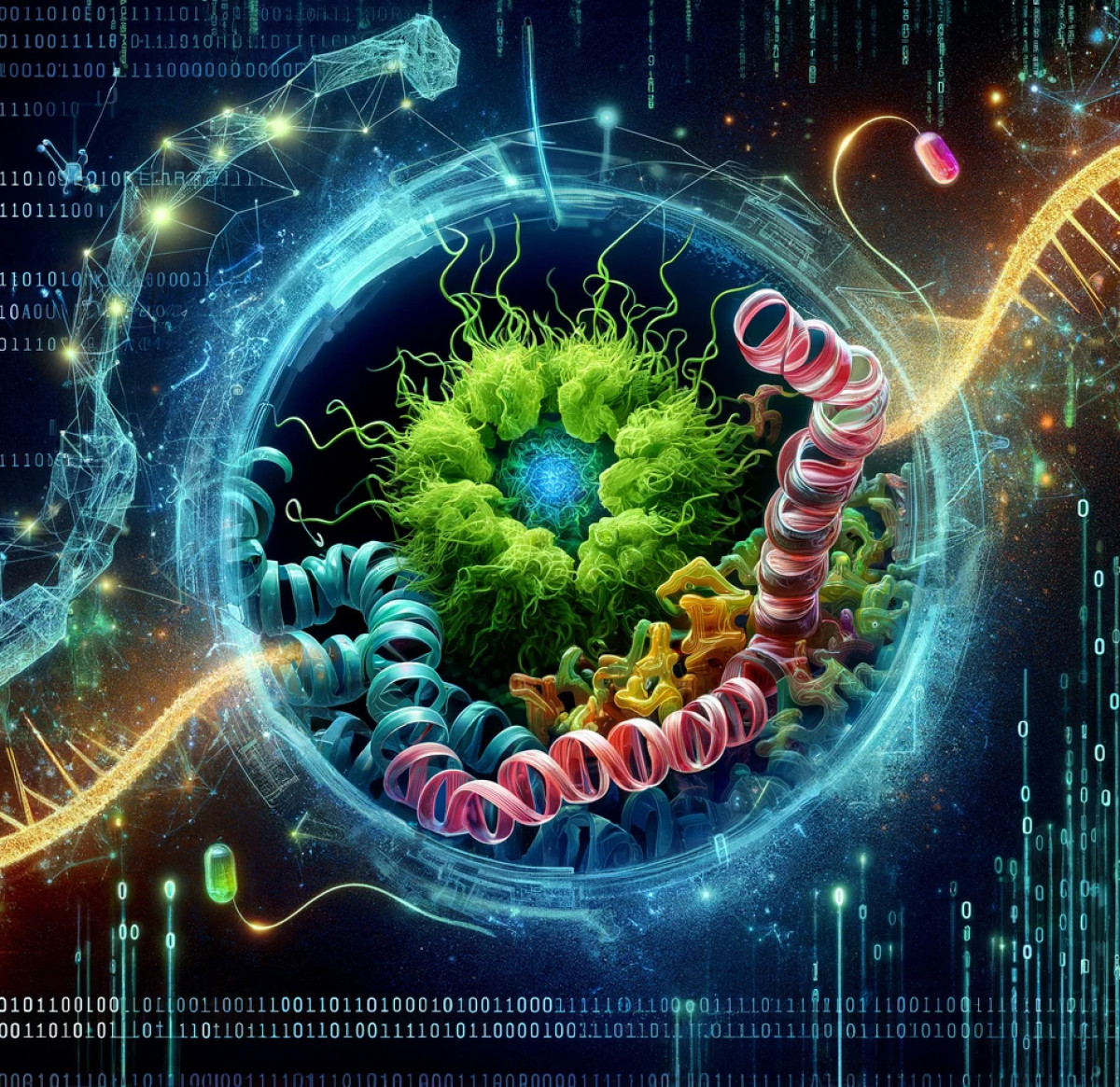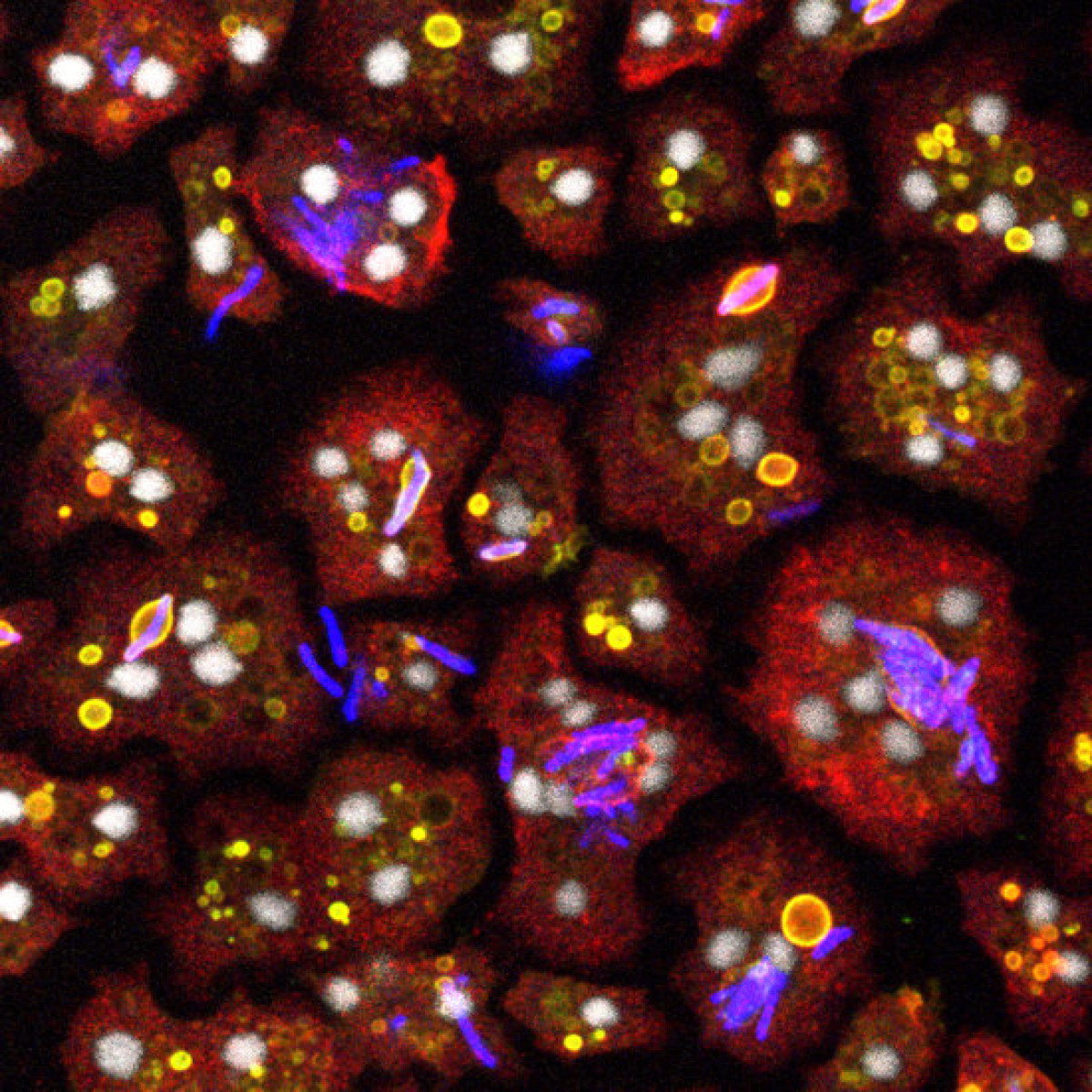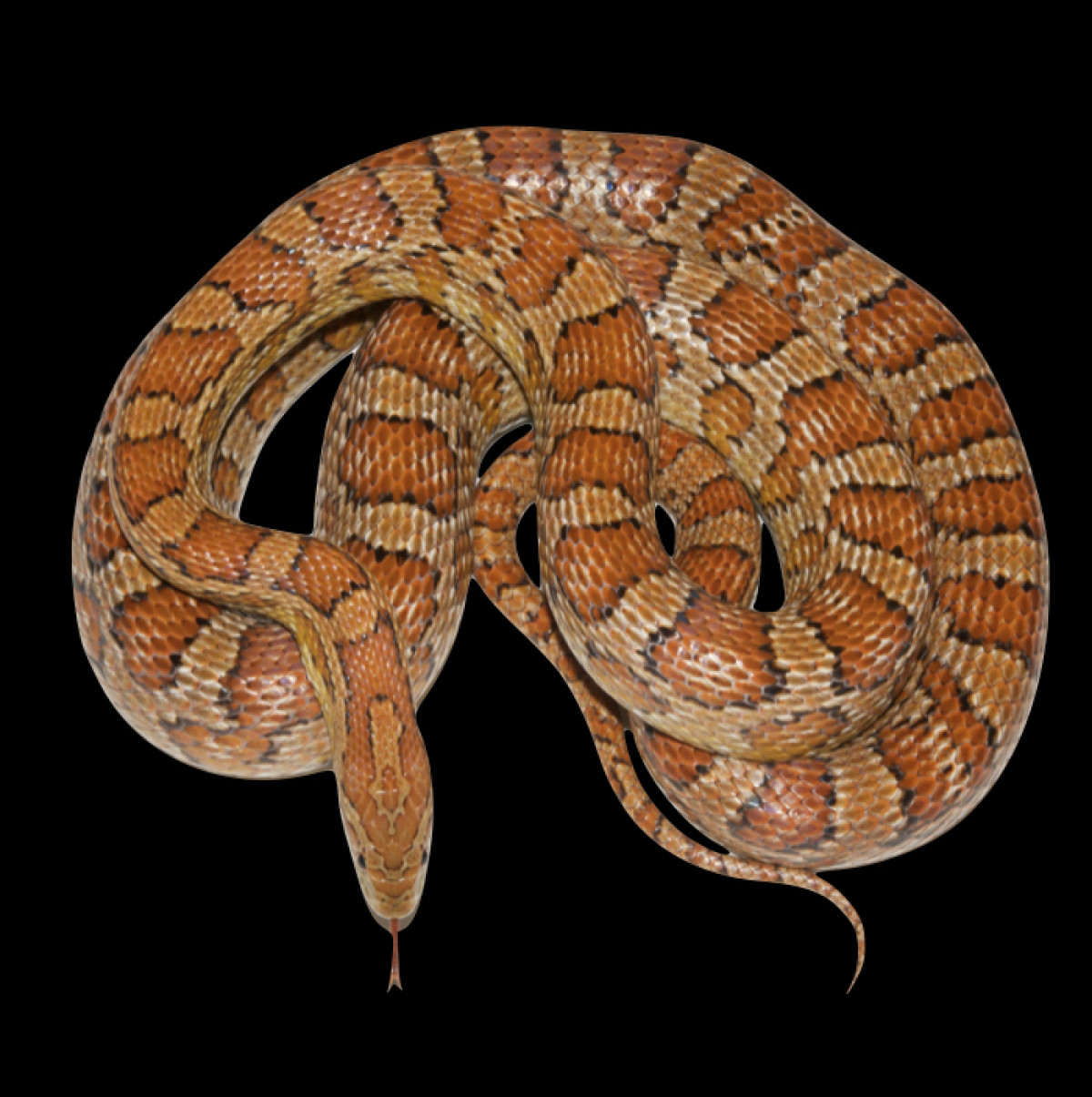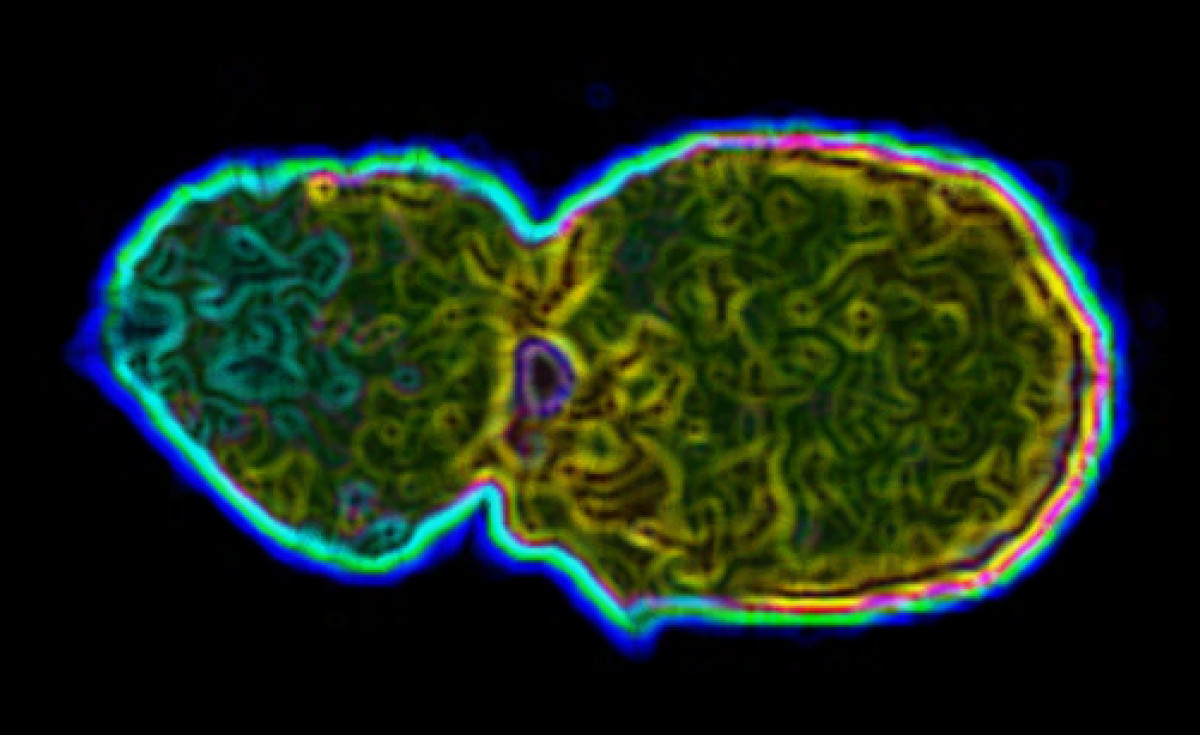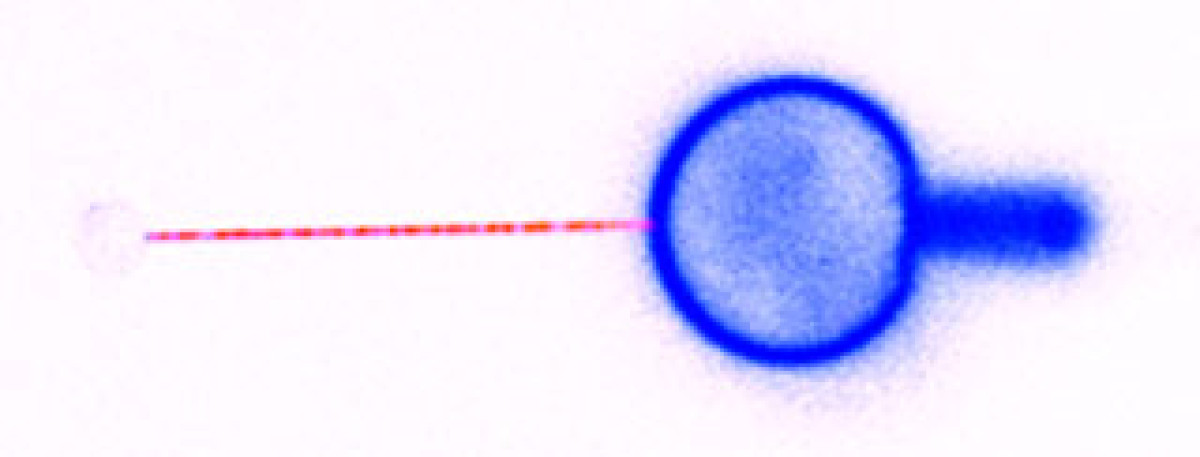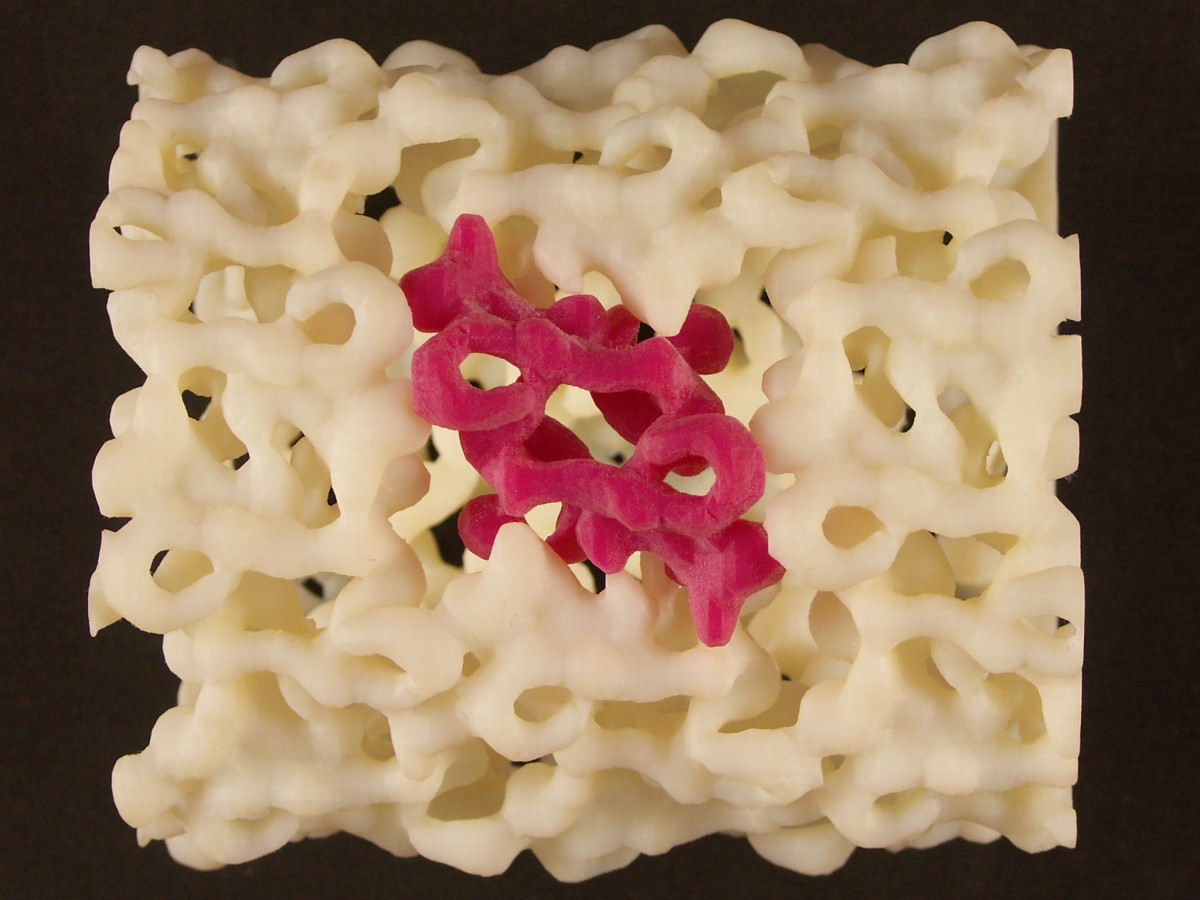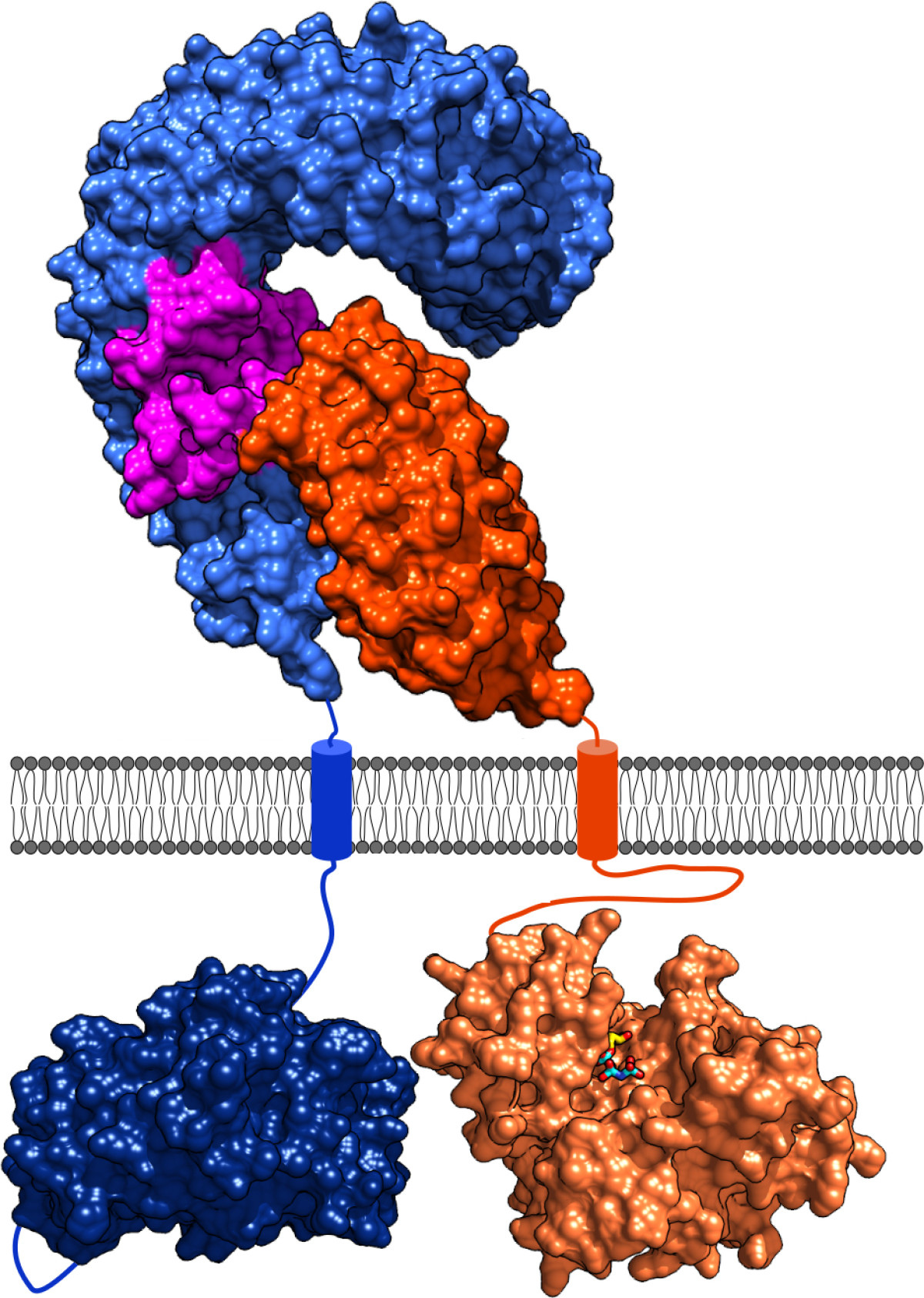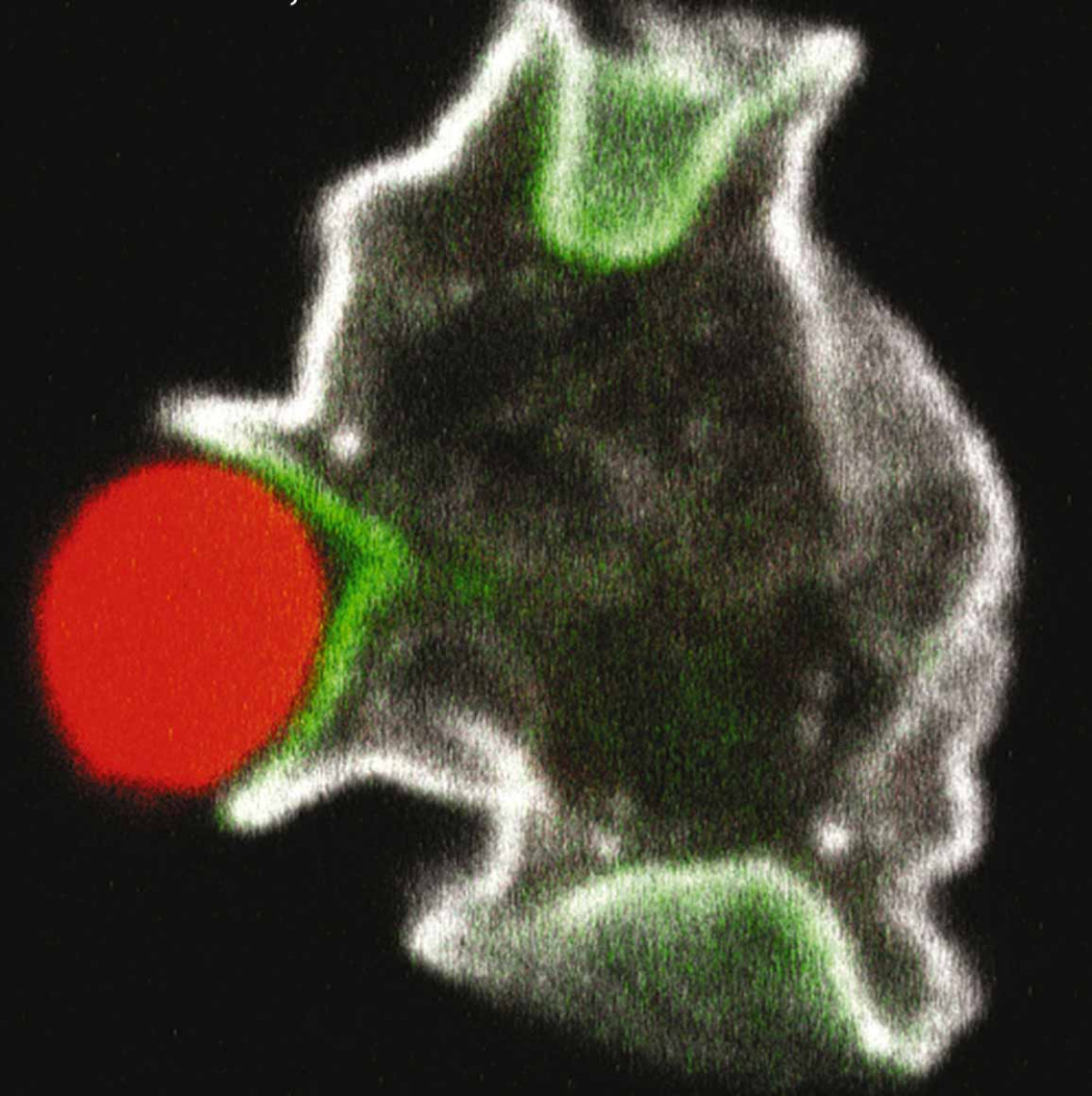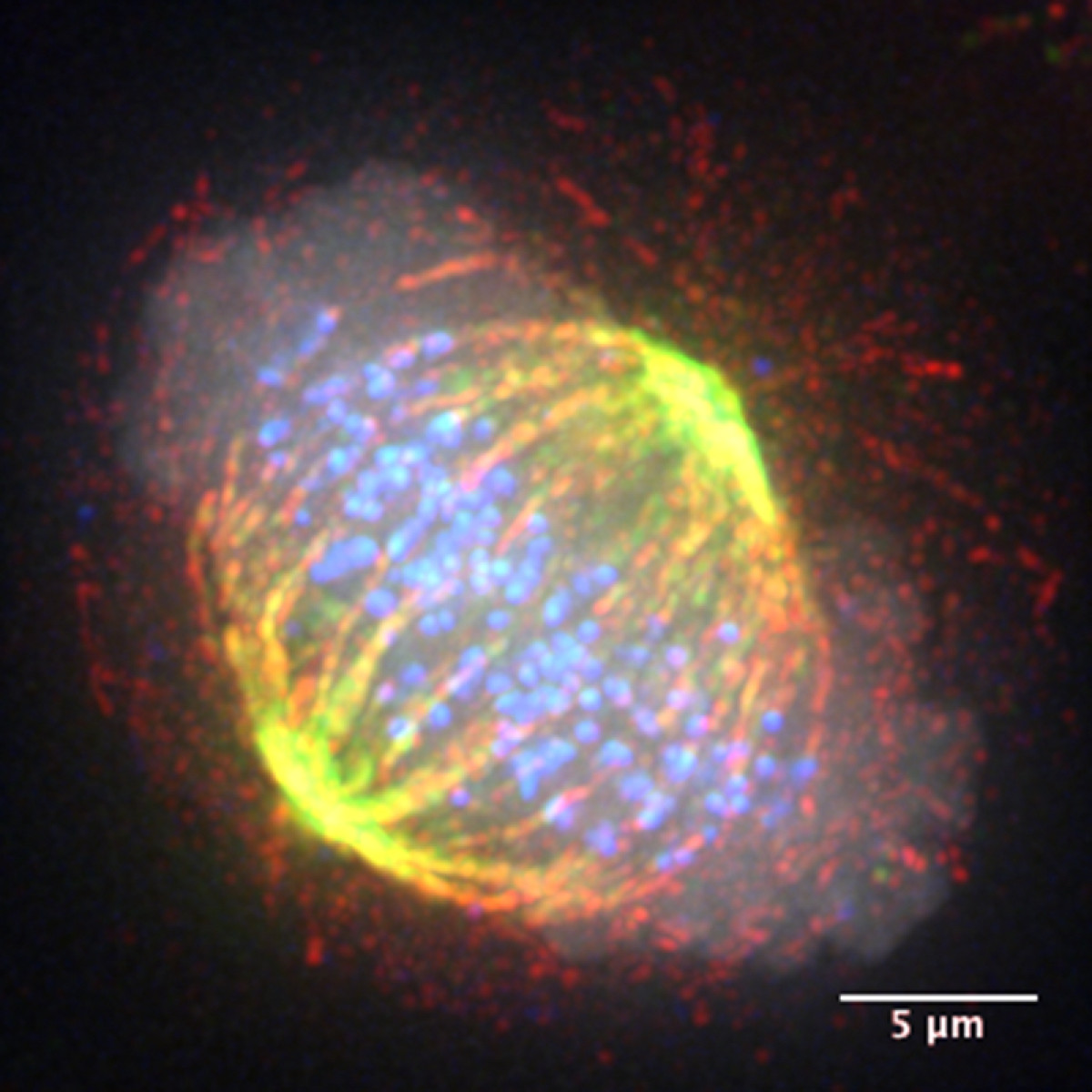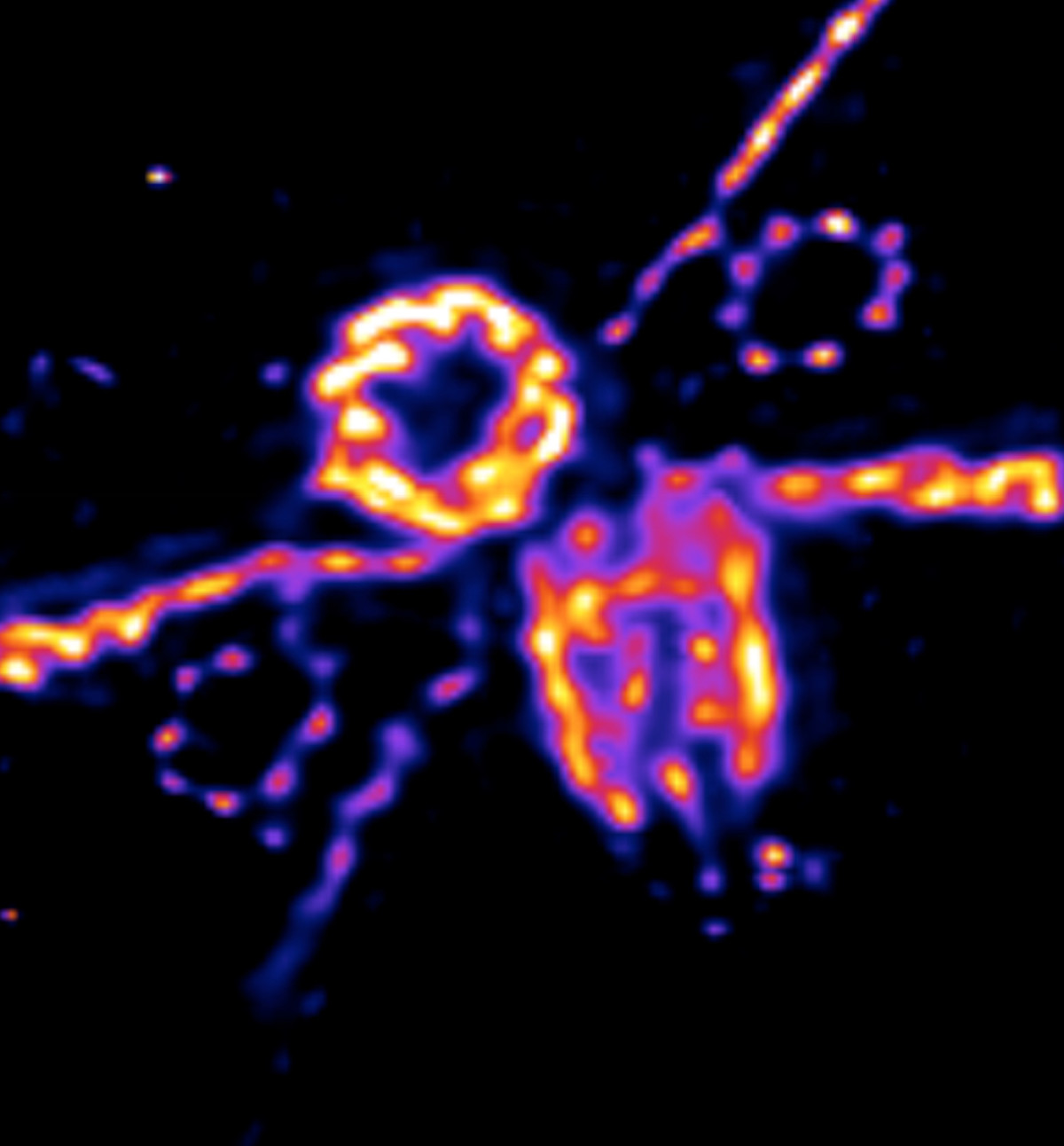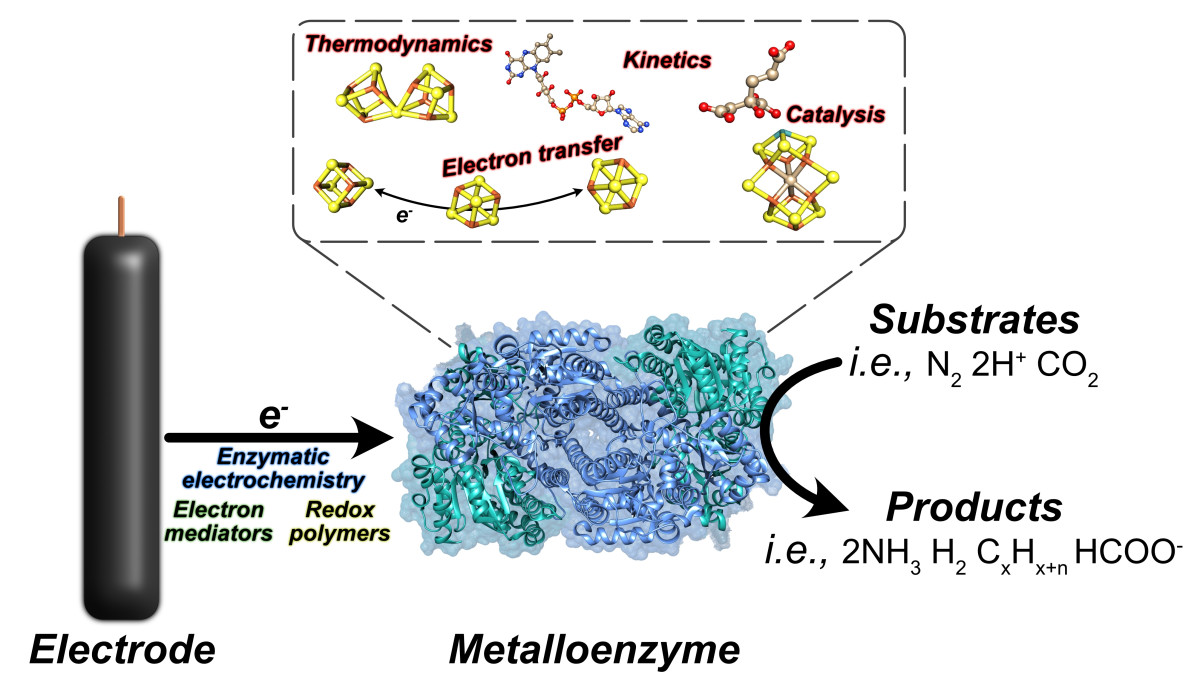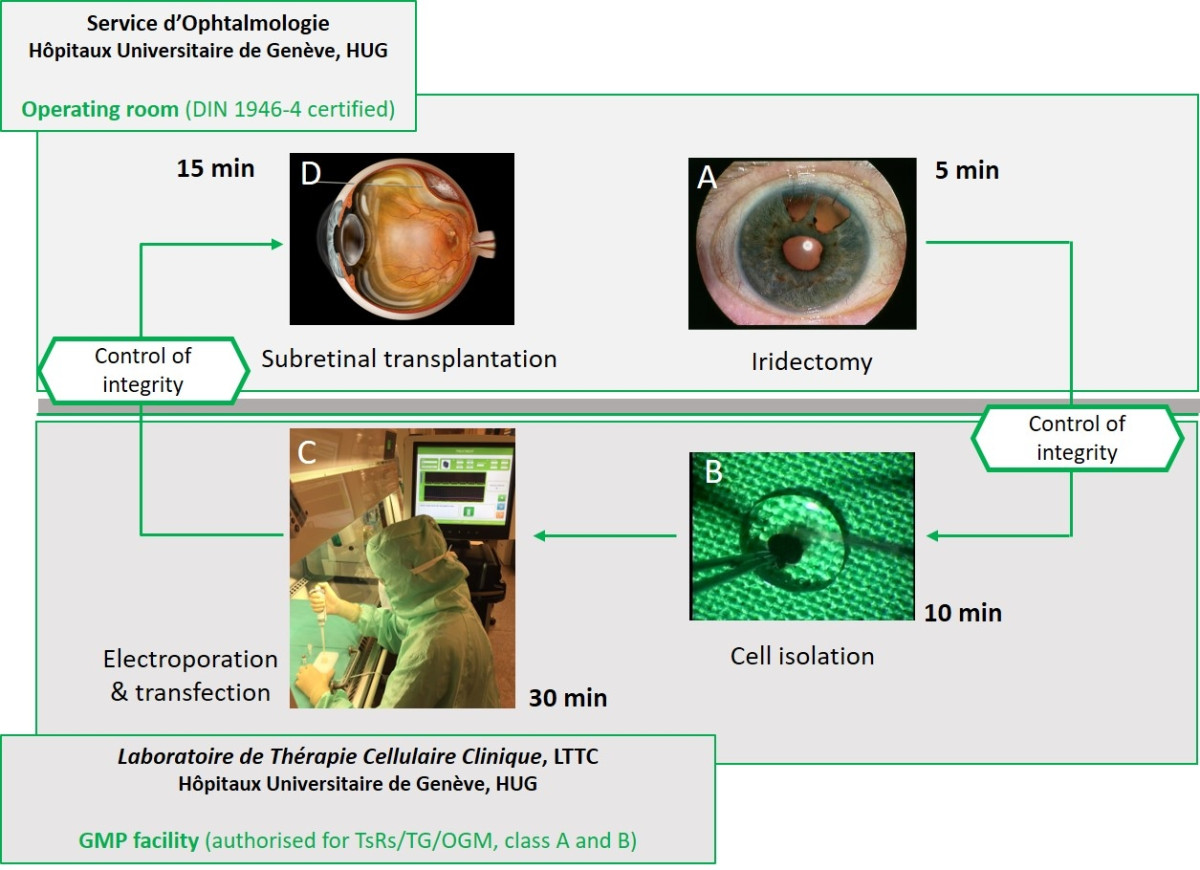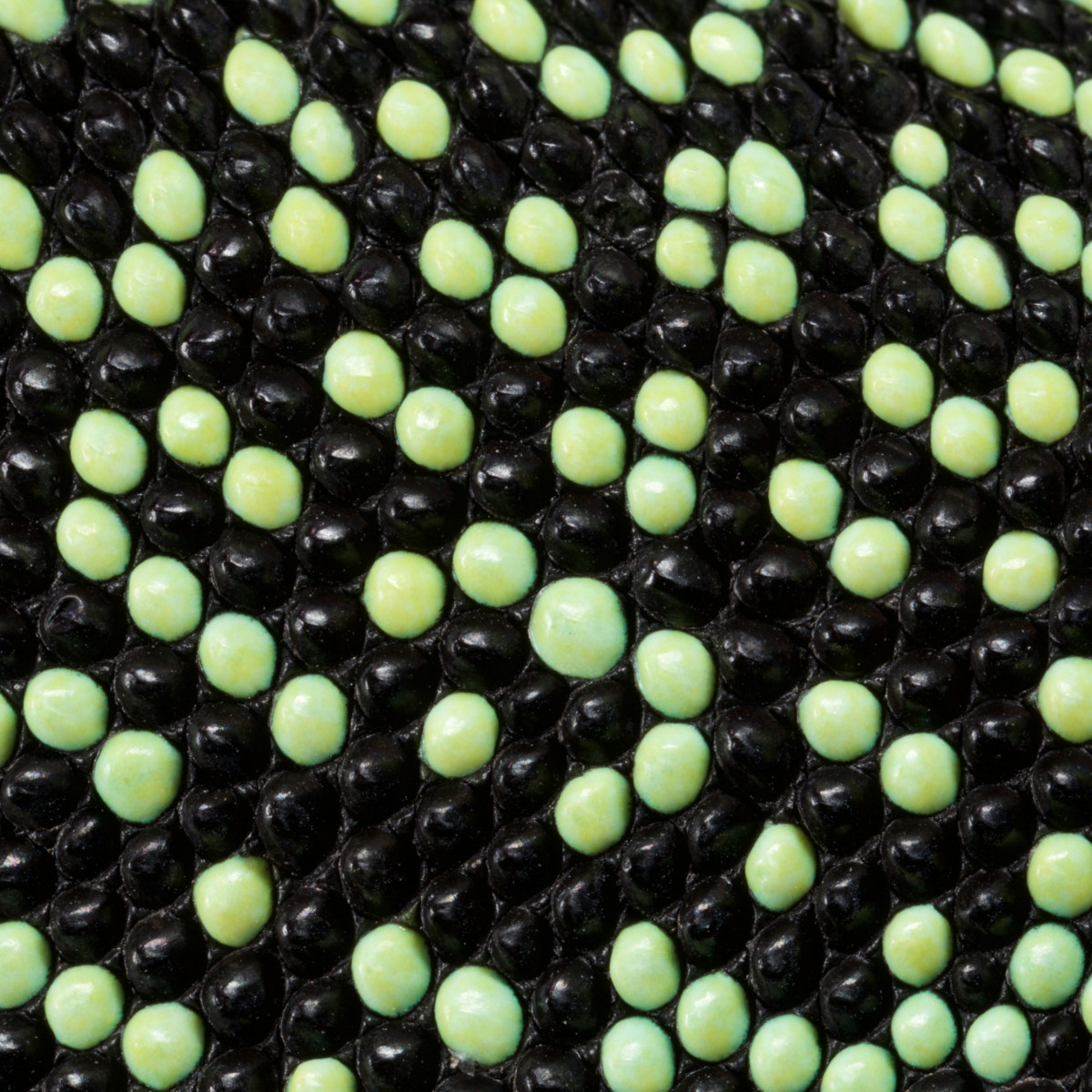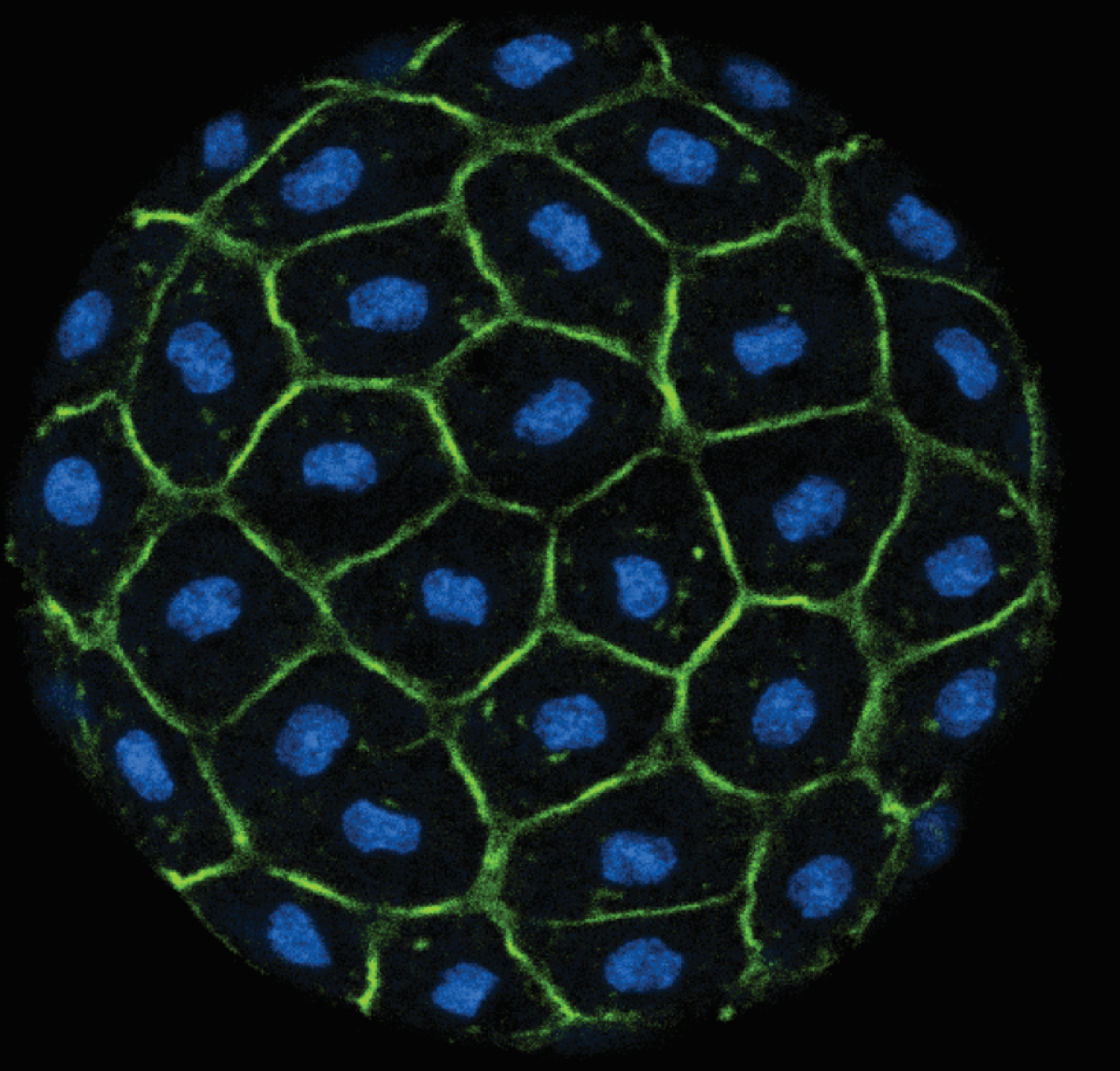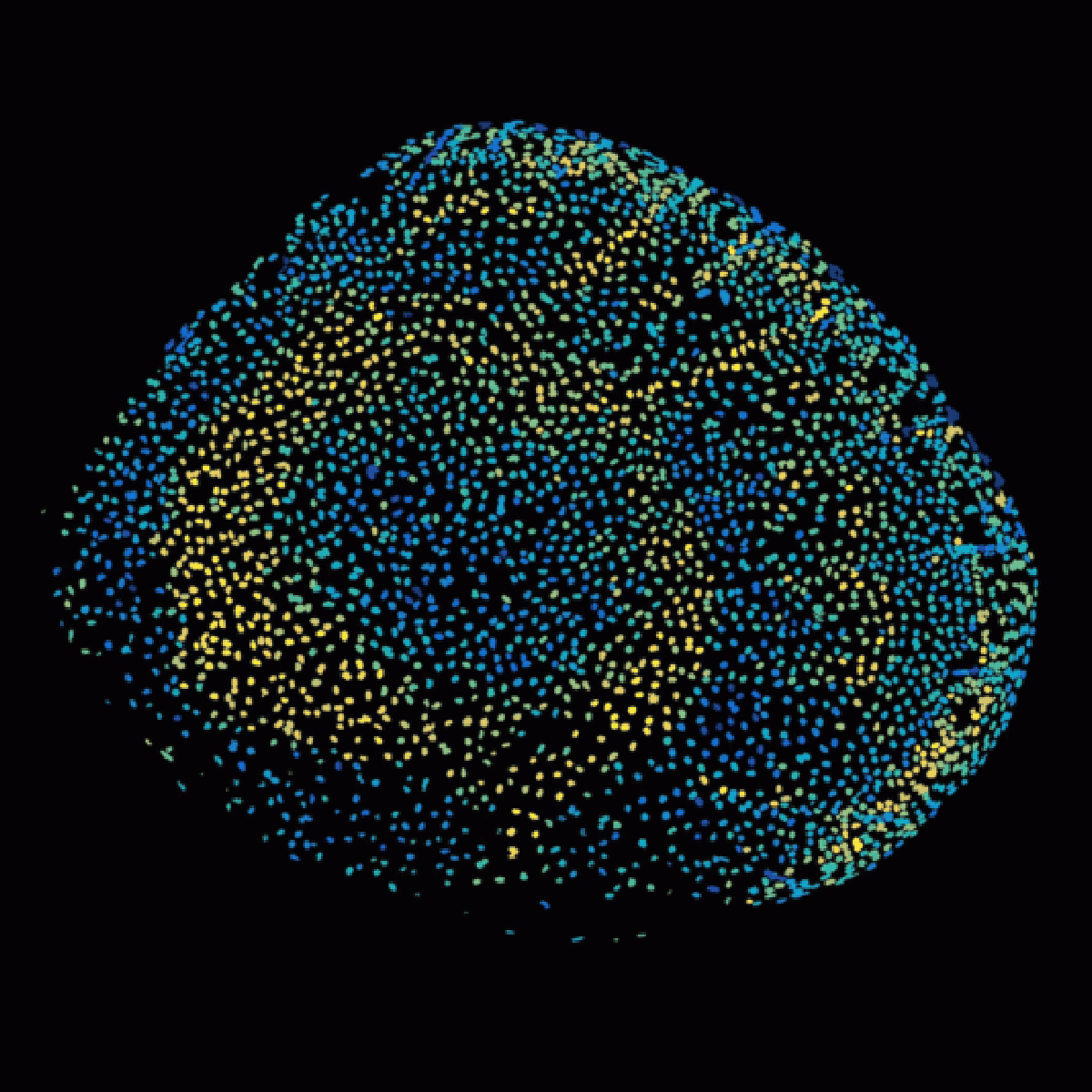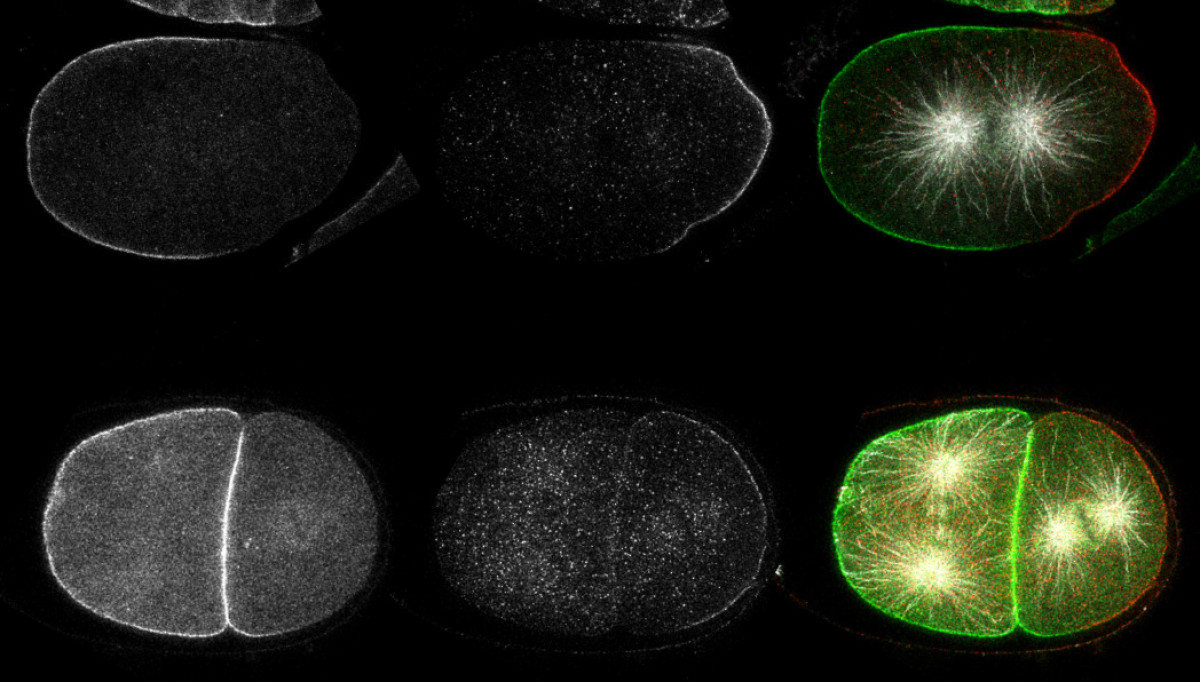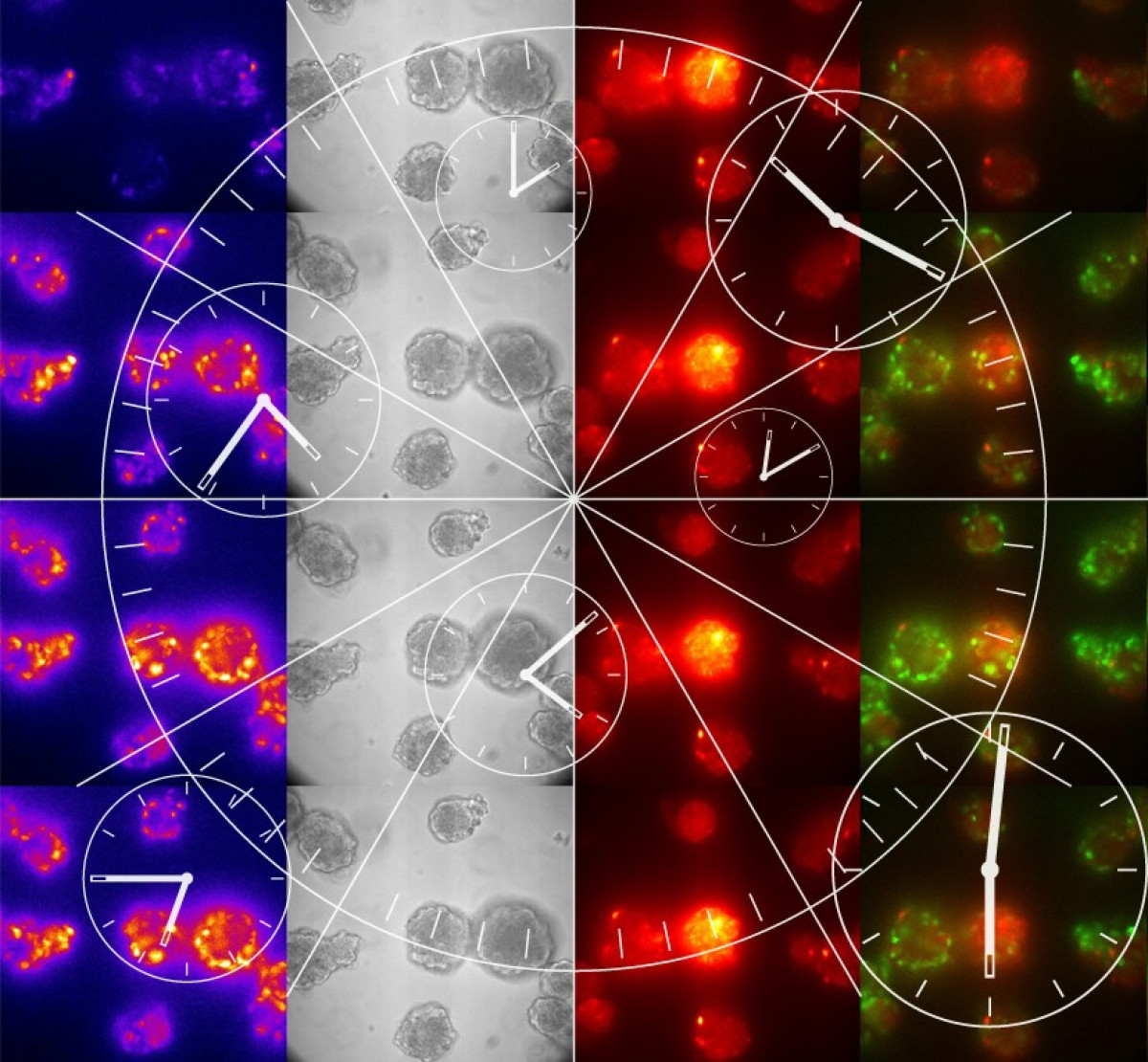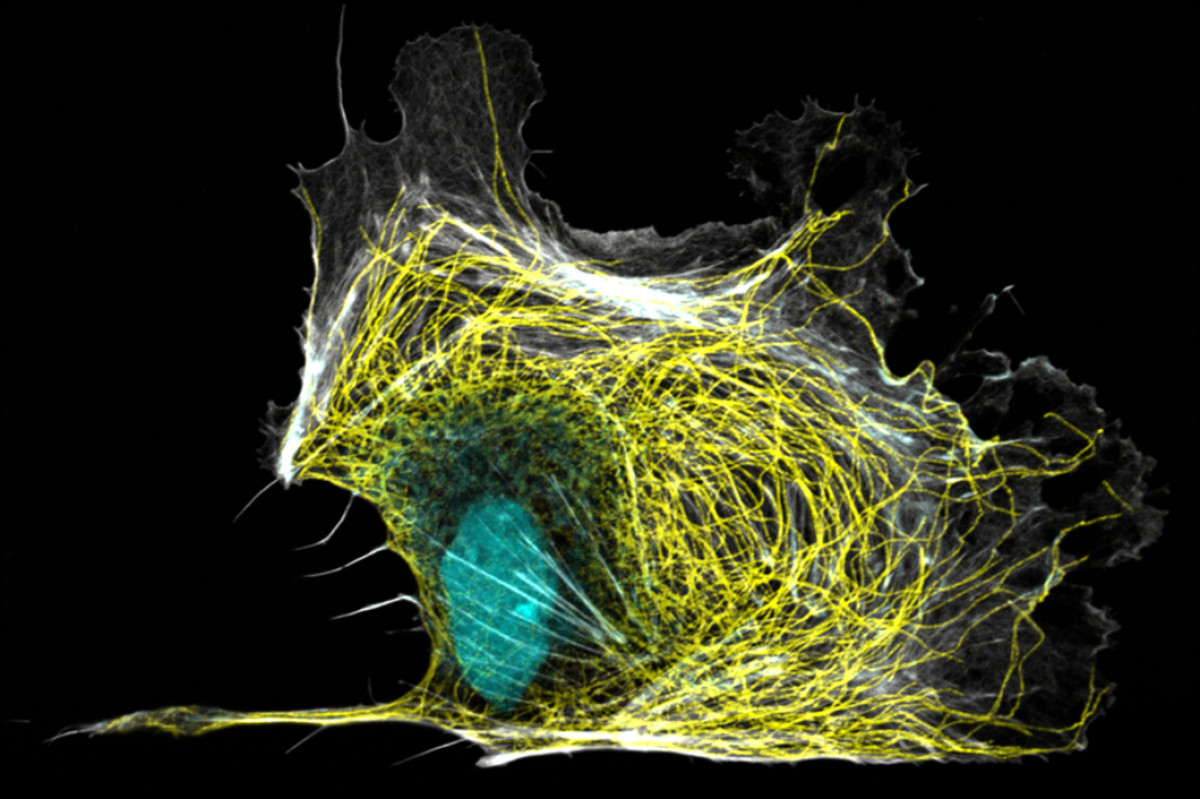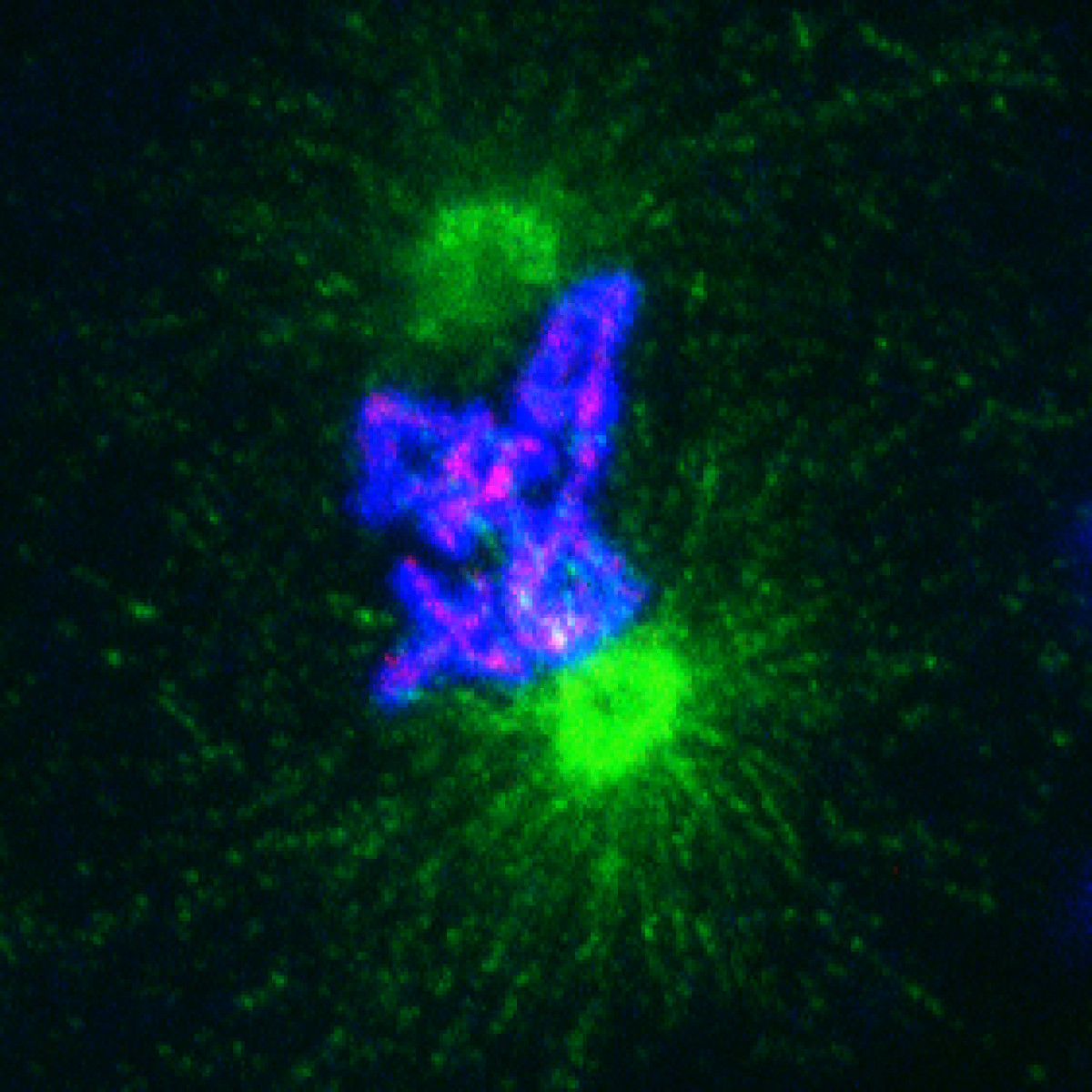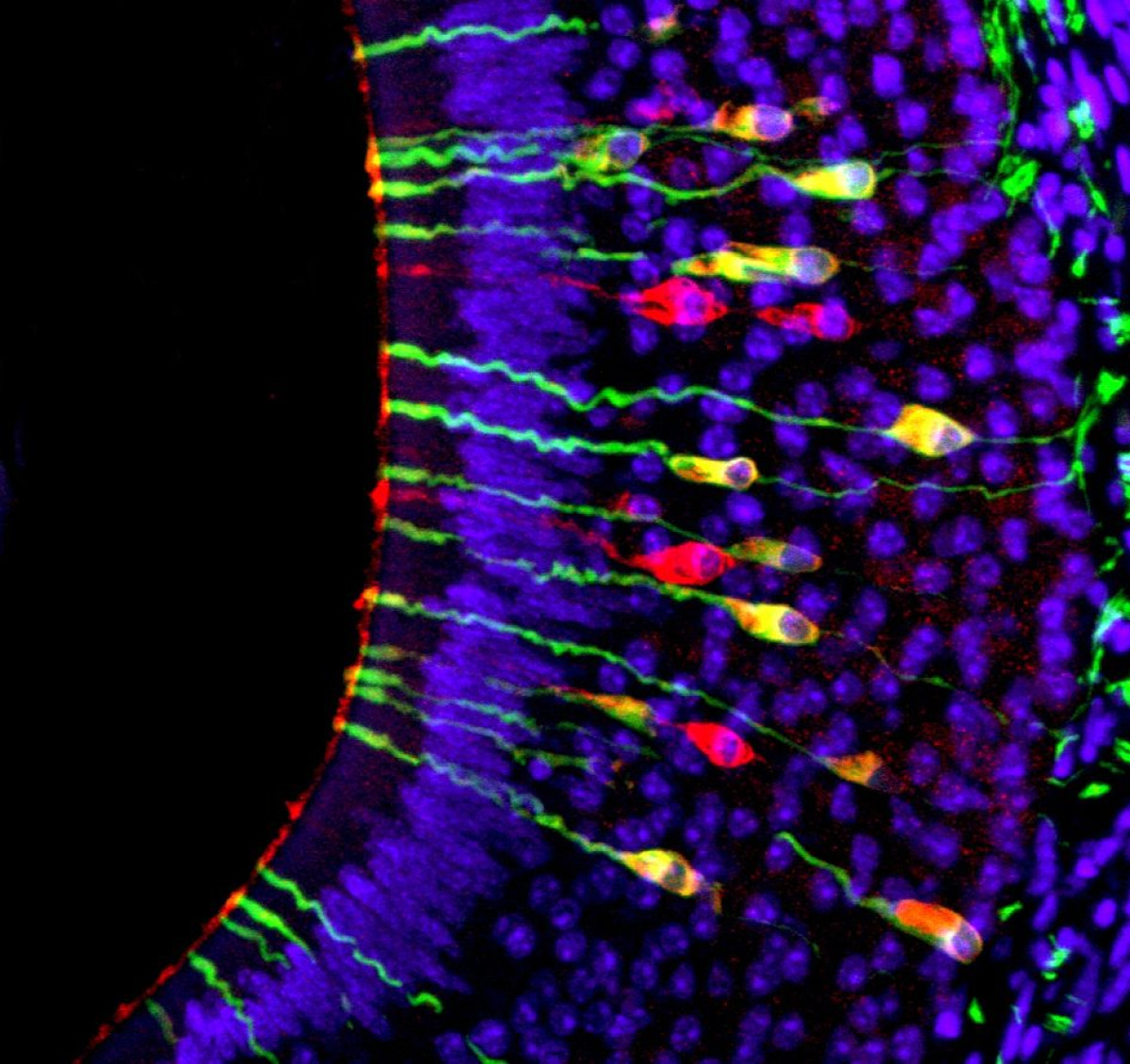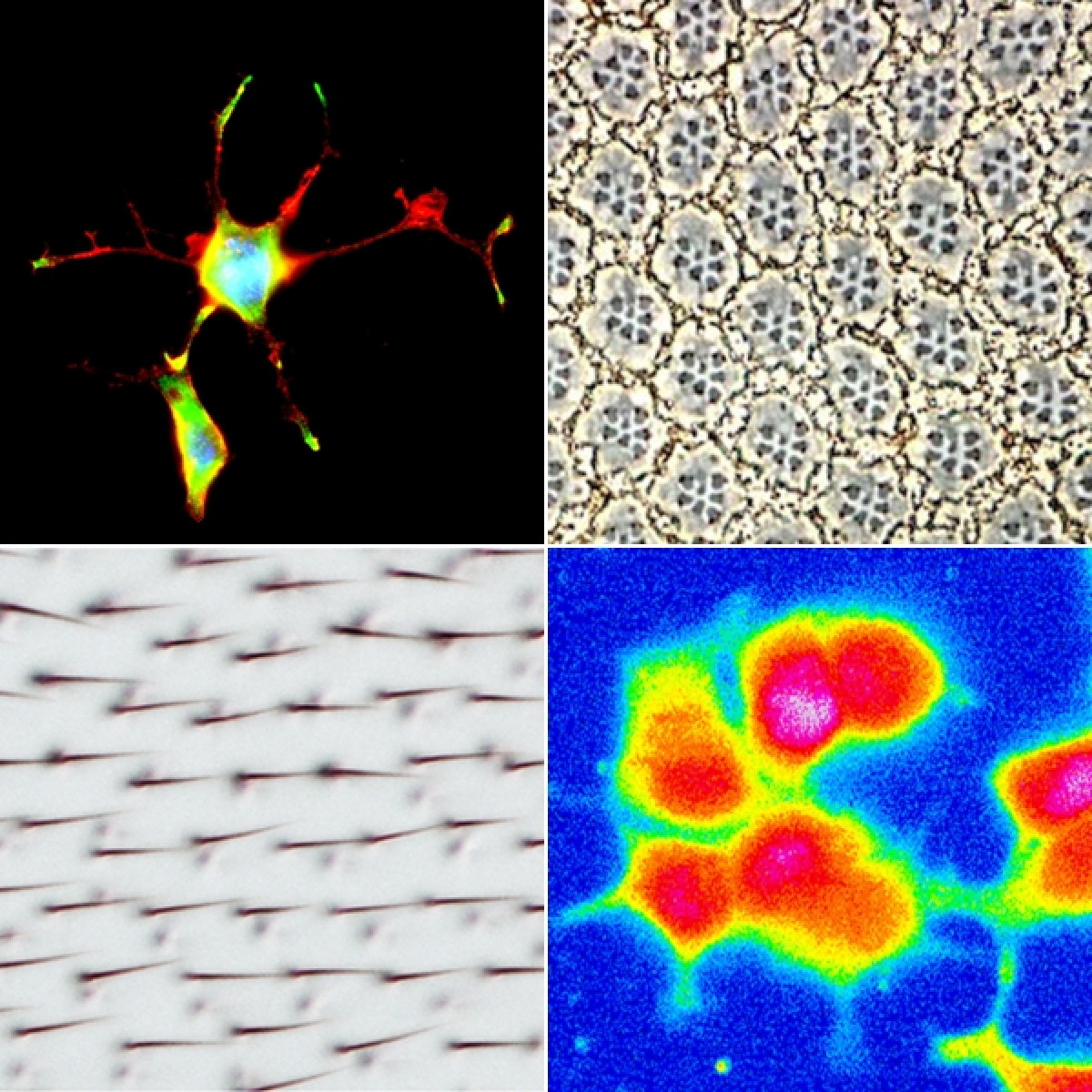Our groups
The Molecular Biosciences program focuses on fundamental questions at the core of life sciences. The groups in this program address a wide range of topics about organization, dynamics and function of biological systems. For example, cellular traffic, signaling, gene expression, plant biology and developmental biology are among the topics studied in the different laboratories of the program.

Bacterial glyco-genetics and chemical-genetics
We use cutting-edge glycogenetic and chemical-genetic approaches to unravel two fundamental questions in bacteriology, addressed in (Gram-negative) bacteria. Why and how do bacteria decorate their surface structures such as the flagellum with sialic acids, compared to animals? How is sialic acid covalently conjugated to specific proteins or polysaccharide structures? How are the sialic acids derivatized and how is their synthesis regulated? Another research project deals with the unusual composition of the outer membrane (OM), preventing antibiotic uptake or promoting drug efflux. How is efflux regulated and how is the OM chemically modified? How can multi-drug resistance (MDR) of bacteria can be overcome? Can we modify antibiotics to overcome bacterial MDR?
Apply now
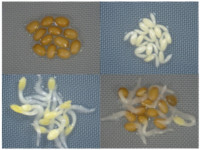
Control of seed germination and early seedling development
Colonization of land by plants is a major chapter in the history of plant evolution. Appearance of seeds has been essential for this success. A seed consists of a small and encapsulated plant in a highly resistant and inert state awaiting favorable conditions to pursue its life cycle. Seeds convert plants in time and space travelers providing them with protection and allowing their propagation. However, this must be accompanied by regulatory mechanisms controlling germination and early seedling development to avoid potentially fatal starts such as germination out of season or in the face of environmental changes affecting light or water quality. We are interested in identifying the genetic molecular mechanisms allowing the plant to securely abandon its protective state within the seed.
Apply now

Behavioral neuroscience and neurodegeneration
How does the nervous system generate and modulate behavior? What causes abnormal behavior? The research in our lab is aiming at answering these questions from the molecular to the neural circuit levels. To this end, we pursue two research foci related to locomotor behavior: (1) Molecular and neural basis of circadian locomotor behavior, and (2) Mechanisms of neurodegeneration in Parkinson’s disease. We take a multi-disciplinary approach combining molecular biology, high-throughput genomic techniques, genetics, behavioral assays and live-imaging in fruit fly Drosophila melanogaster and mice.
Apply now
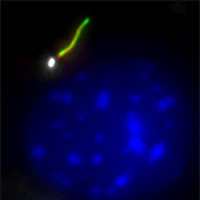
Chemical Biology of Cell Signaling
The goal of our research is to develop innovative chemical tools to answer questions in biology. Our research interests are in cellular signaling, with a focus on the Hedgehog signaling pathway and the specialized organelle which it requires, the primary cilium. We use a combination of organic chemistry, cell biology and genetic (screening) methodologies to obtain small molecules that interact with the Hh pathway at different levels (i.e. by altering cilium formation or function or by affecting downstream effector proteins). Furthermore, we are developing methodologies to elucidate the mechanism of action and intracellular target of small molecules, a particular challenge when obtaining hit compounds from phenotypic screens.
Apply now

Mobile genetic elements: structure, function and applications
We study DNA rearrangements in diverse organisms using structural, molecular, cell and systems biology approaches. We focus on mobile genetic elements, DNA segments that can move from one location to another within and between genomes. We investigate how these elements move on the molecular level, how they interact with the cellular environment, and how their movements impact diversity, adaptation and evolution. A main focus is on mobile elements that carry antibiotic resistance genes in bacterial communities; our ultimate goal is to help combat the spread of multidrug-resistant pathogens. Other projects target transposons that can be exploited as genetic engineering tools and build on molecular insights to develop advanced vehicles for research and medicine. We move to UniGe in Jan 2021.
Apply now

Subcellular organization of receptor-mediated signaling
Research in our lab focuses on the physiologically and pharmacologically important class of G-protein coupled receptors called opioid receptors. We are investigating the new paradigm of ‘spatially-encoded signaling’ that includes that opioid receptors can signal from intracellular organelles where they evoke unique signaling outcomes. We aim to uncover what signal transduction machinery acts on endosomes and Golgi apparatus, how the internal receptor numbers are controlled, and we will use novel nanobody-based tools to sense and modulate receptor activity with subcellular precision. Together, we combine cutting-edge live-cell microscopy, unbiased genomic approaches, cell biology, neurobiology, and pharmacology to dissect clinically important signaling systems on the cellular level.
Apply now
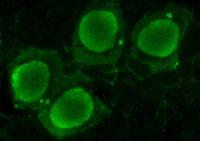
Noncoding RNAs and RNA modifications in gene expression control
Our lab seeks to understand molecular mechanisms involved in regulation of gene expression by noncoding RNAs and RNA modifications. We use a variety of animal and cell culture model systems. Our methodological approaches range from protein biochemistry to structural biology and bioinformatics. We are part of the NCCR RNA & Disease network.
Apply now
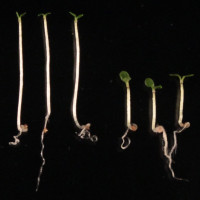
UV-B perception and signalling in plants
Ultraviolet-B radiation (UV-B) is a key environmental signal that is specifically perceived by plants through the UVR8 photoreceptor to promote UV acclimation and survival in sunlight. The major aim of our laboratory is a better understanding of the UV-B perception and signalling mechanisms in plants.
Apply now
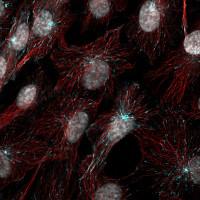
Tubulin quantity control and microtubule homeostasis
In our lab we challenge the central dogma postulating that regulation of gene expression and protein quantity is a unidirectional process. Our favourite proteins are tubulins—the main constituents of the microtubule cytoskeleton. We have recently shown how tubulin protein quantity feeds back into its encoding mRNA stability via a specificity factor. Our goal is to dissect the molecular mechanisms that govern tubulin protein quantity control using biochemical and structural approaches. To address the functional aspects of protein quantity control, we love fluorescent imaging of live and fixed mammalian cultured cells.
Apply now
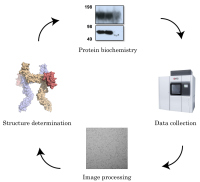
Structural studies of cytokine-mediated signal transduction
Cells use cytokines to communicate with each other in various complex processes, ranging from cell proliferation and differentiation to apoptosis and immune responses. These small soluble proteins recognize their target cells via specific cell surface receptors. Our laboratory is interested in dissecting the underlying molecular mechanisms of signal transduction by using an integrative structural biology approach. Employing state of the art cryo-EM will allow us to determine high-resolution structures of such receptor-ligand complexes. Defining different functional states, using other structural, biochemical and biophysical methods such as protein engineering, will help us to understand and manipulate selected signaling pathways, with putative pharmaceutical implications.
Apply now
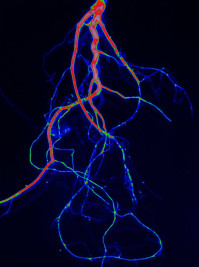
Plant Nutrition and Development
Plant roots acquire water and nutrients from the soil and transport them upwards to the aerial parts. This function is reflected by their anatomy: water and nutrients move radially through the concentric layers of epidermis and cortex before entering the vasculature through the endodermis. Our research aims to study the relations between root development and nutrient uptake by combining microscopy, molecular and classical genetics and plant physiology.
Apply now
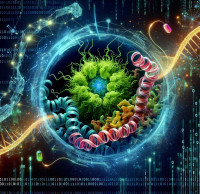
Structural Systems Biology and Data Driven Biology
My lab will move to UniGE in March 2024. We explore principles by which proteins self-organize in cells. In this endeavor, we develop/use computational (AI, data science, image processing) and experimental (microscopy, synthetic biology, omics) approaches. We bridge scales from structure to phenotypes, with the goal of gaining a holistic understanding of life’s processes. Example of projects: (i) Physical and biological principles of protein phase-separation (collaboration with labs in NYC + Tokyo). (ii) Massively parallel prediction of protein structures and complexes with AI to analyze their evolution. (iii) Disentangling how transcription and translation contribute to gene expression/adaptation.
Apply now
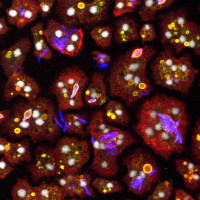
Cellular and molecular mechanisms of phagocytosis and cell-autonomous defences against mycobacteria infection
The Soldati group aims at understanding the cellular and molecular mechanisms of phagocytosis and their relevance to host-pathogen interactions. We use the social amoeba Dictyostelium as a model organism as it is a professional phagocyte very similar to mammalian phagocytes of the innate immune system in morphology and behaviour, but which is genetically and biochemically tractable. We study conserved mechanisms of cell-autonomous defences against mycobacterial infections, using this powerful alternative host model. During infection with pathogenic Mycobacterium marinum, we study aspects of nutritional immunity, acquisition of metabolites, as well as the interference with membrane integrity and trafficking. We have used this model to identify novel anti-infective compounds.
Apply now

Developmental study of the reptilian skin coloration
Our research focuses on understanding the genetic determinism of skin colour patterns in snakes and lizards. We established the corn snake as a new model species by assembling a high-quality genome and setting up a breeding colony. Now, we intensively work on characterising the numerous spontaneously-occurring color and color pattern morphs (refer to our PNAS, 2020 publication). To this aim, we use diverse approaches, such as standard molecular biology protocols, mapping-by-sequencing of genetic traits, mass spectrometry analyses of skin pigments, and advanced histological and imaging techniques applied on developing embryos.
Apply now
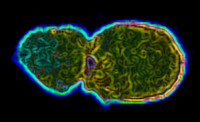
Biophysics and Cell Biology of Signaling
We want to understand in physical and molecular terms how cells talk to each other during development. This means our research is highly interdisciplinary: physics, cell biology, molecular biology, biochemistry, genetics... Indeed some of us in the lab are biologists, other physicists, chemists, engineers or mathematicians. We are interested in the signaling events that control tissue growth: how is the shape and final size of a tissue achieved during embryogenesis? We focus on two types of proliferation modes: growth control by morphogen gradients and asymmetric cell division in stem cells. We do this using two model systems: Drosophila and Zebrafish.
Apply now

Physics of Living Surfaces
Many biological systems are made of viscoelastic surfaces. For example, the lipid bilayer that delimitates cells from their environment is a 2D fluid interface/barrier that can be deformed easily and is resistant to stretch. The plasma membrane is being constantly remodelled through processes such as endocytosis in membrane traffic. Another example, but at a different scale, is the epithelium, a cell monolayer that separates organs from the external environment. These epithelia grow and fold during development to form organs, being viscoelastic surfaces. We are interested in understanding how the unique physical properties of lipid membrane and epithelia respectively contribute to membrane traffic and organogenesis.
Apply now
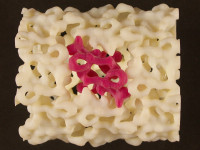
Regulation of cell growth by Target Of Rapamycin kinases
Like two sides of the same coin, the Target Of Rapamycin (TOR) protein kinase operates in two multi-protein complexes, TORC1 and TORC2, to regulate complementary aspects of eukaryote cell growth. TORC1 signals stimulate biomass production; while, on the flip-side, TORC2 signals ensure that there is adequate membrane surface area available to encapsulate this biomass. TOR, the TOR complexes, and their functions are widely conserved, and much of what we know regarding the fundamentals of the TOR signalling network stems from studies in budding yeast. In the lab we continue to exploit yeast as a model system to learn how TOR regulates growth of all eukaryote cells. Ultimately, these studies will help elucidate how dysregulation of TOR in our cells contributes to cancer and other pathologies.
Apply now

Mechanisms of cell signaling in plants
Plants are nature’s other successful experiment with multicellular life. Plants have evolved sophisticated signaling cascades that look radically different from their well-studied animal counterparts. We are interested in understanding how plants transduce signals across membranes to orchestrate their growth and development (plant membrane receptor kinase signaling complexes). A second line of research aims at understanding how plants sense essential nutrients and maintain proper nutrient concentration (phosphate sensing and signaling). To dissect these different pathways in mechanistic details, the Hothorn lab combines a wide range of methods including plant genetics, cell biology, quantitative biochemistry and structural biology, bridging the different scales in biology.
Apply now
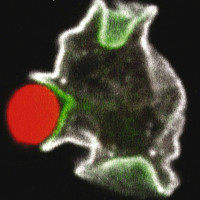
Host-pathogen relationships
Our laboratory studies the interactions between phagocytic cells and bacteria. We want to understand how phagocytic cells eat and kill bacterial, and how pathogenic bacteria escape and create infections.
Apply now
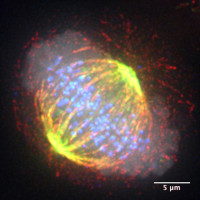
Chromosome segregation
Our group studies chromosome segregation in human cells. We aim to understand how, during cell division, the components of the mitotic spindle, such as centrosomes, kinetochores, and microtubules, coordinate their function to establish a proper bipolar spindle and achieve faithful segregation of sister chromatids. Our interests focus on the fundamental molecular mechanisms controlling mitosis, how defects in these mechanisms lead to chromosome segregation errors in cancer cells, and how these errors can be exploited for anti-cancer treatments. Our studies rely on high-resolution quantitative light microscopy combined with chemical and genetic perturbations, cell biology, and biochemistry. Our group is part of the Translational Research Centre in Oncohematology.
Apply now
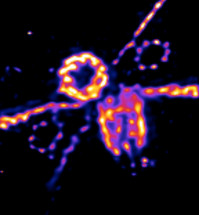
Centriole architecture and assembly
Centrioles are critical for the proper execution of several important biological processes, such as spindle assembly, cell signaling through the primary cilium and fluids motion through motile cilia/flagella. Therefore, centriolar defects have been associated to several pathologies including ciliopathies, sterility, microcephaly and cancer. The lab focuses on deciphering the structural mechanisms governing centriole assembly. To this end, we are combining the use of cell biology methods, in vitro reconstitution assays and state-of-the art imaging technologies to gain decisive insights into these mechanisms.
Apply now

Metalloenzymes for new environmental biotechnologies
Today, important global chemical commodities such as molecular hydrogen (H2) and ammonia (NH3) are produced in centralized industrial reactors, which oftentimes rely on fossil-fuels fortheir operation. In nature, some enzymes employ highly intricate metal-containing cofactors (metallocofactors) to perform these same reactions. Research in our group aims to understand enzymes such as nitrogenase (dinitrogen reduction to NH3), hydrogenases (H2 production from water) and formate dehydrogenases (carbon dioxide reduction) and to exploit them in new green biotechnological alternatives to established fossil-fuel dependent reactors.
Apply now
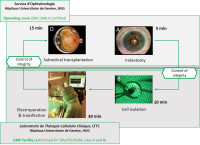
Experimental Ophthalmology
The experimental ophthalmology group is a research and teaching center focused on optimizing the treatment of retinal diseases, such as age-related macular degeneration (AMD) and diabetic retinopathy. We are interested in regenerative and personalized medicine, and are developing cell-based, GMP-compliant (Good Manufacturing Practice) Advanced Therapy Medicinal Products (ATMP) to treat neurodegenerative diseases of the eye by developing regenerative gene therapeutic approaches, like the transplantation of genetically-modified cells. Additionally, we are working with new biomaterials and drug application systems.
Apply now
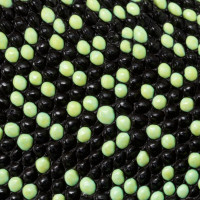
Patterning of the vertebrate skin through mechanical and Turing instabilities
Because discipline-oriented approaches can sometimes restrain imagination, our laboratory includes biologists, physicists and computer scientists, making our research highly multidisciplinary and integrative. One of our main models is the development and evolution of the vertebrate skin, with special emphasis on skin appendages (scales, hairs, spines), skin colours (pigmentary and structural), and skin colour patterns. Our strategy is to tackle these topics from different angles by using multiple techniques (genomics, physical experiments, mathematical modelling and numerical simulations). We work at multiple spatial scales (genomes, cells, tissues, organisms) and use new model species of tetrapods (frogs, snakes, lizards, crocodiles, hedgehogs, tenrecs, spiny mice).
Apply now
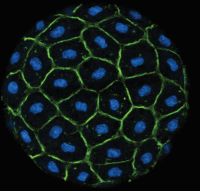
Evolutionary Cell Biology of Multicellular Development
We explore how the unicellular to multicellular transition evolved in microbial eukaryotes. Our current focus is understanding the origins of animal embryogenesis using a specific lineage of protist : The Ichthyosporea. We use cell biology, biochemistry and all sort of Microscopy to better understand the cytoskeletal dynamics, polarity and adhesion mechanisms that allows protists to undergo multicellular development.
Apply now
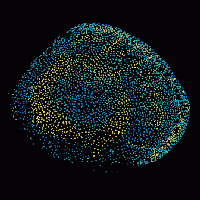
Physical principles of vertebrate regeneration
Regeneration is the astonishing process in which an animal regrows a lost body part. We are interested in how cells coordinate each other for a vertebrate body part to regenerate into its proper form. How are signals organized in time and space and integrated with tissue mechanics to orchestrate growth? This questions lies at the boundary of physics and biology. To tackle it, we use experimental, computational and theoretical methods and use zebrafish as animal model. In particular, we like to use live imaging to quantify the signals, forces and tissue dynamics underlying regeneration in the zebrafish bony scale. We are looking for biologists, physicists, engineers, mathematicians (and more) who want to sail across disciplines in the search of the mechanisms of regeneration.
Apply now
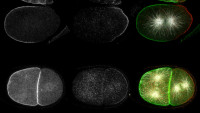
Asymmetric cell division
A human body is made of approximately 10^13 cells. All these cells arise through cell division starting from a unique cell, the fertilized oocyte. Cell division is therefore a crucial process that is required for an organism to grow. A specialized cell division, asymmetric cell division, contributes to cell differentiation, an essential process during development and in adult life. We study the processes of cell division and asymmetric cell division using human cells and the embryo of the roundworm Caenorhabditis elegans as model systems. We focus on understanding how cells are polarized and how the mitotic spindle, the structure the segregates the genetic material between daughter cells, is assembled and properly oriented during asymmetric cell division.
Apply now
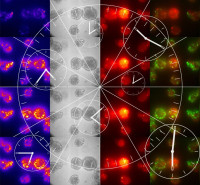
Circadian Endocrinology Lab
Circadian oscillation of biological processes has been described in most of the light-sensitive organisms on earth. It reflects the existence of underlying intrinsic biological clocks with near 24 h oscillation periods. There is an evidence for connection between metabolic pathologies and the circadian clockwork. The long-term goal of our laboratory is to identify the molecular basis of circadian rhythmicity in rodent and human peripheral tissues in physiological, and in obesity and type 2 diabetes conditions. We have setup the methodology for long-term recording of circadian reporter oscillations in human primary cells from metabolic tissues at population and single cell levels. In addition, we are interested in the connection between clock and cancer, in particular the thyroid cancer.
Apply now
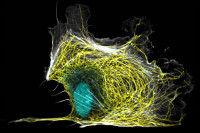
Biochemistry and Biophysics of the Cytoskeleton
Cells have a complex actin and microtubule cytoskeleton network. This network is essential for many processes in cells: cell migration, division, differentiation…. We want to understand how the cytoskeleton is organized and regulated in space and time, resulting in a functional architecture. To understand the underlying principles, we study the cytoskeleton dynamics, mechanics and interactions using two systems: cell lines and isolated proteins.
Apply now
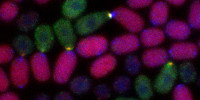
Mechanisms of cell polarization and cell fusion
The Martin lab aims to understand in molecular details how cells are spatially organized. Our efforts concentrate on the mechanisms by which cells pattern their cortex to achieve local function, through cytoskeletal and plasma membrane organization and spatial organization of signaling pathways. We aim to dissect general principles of cell polarization. We use the simple eukaryotic cell Schizosaccharomyces pombe, or fission yeast, which encodes only 5000 genes with over 70% conservation in humans. It offers a large palette of tools and displays a rich physiology, which allow to assign function and dissect molecular mechanisms of action. Research projects use a combination of quantitative live-cell imaging, optogenetics, electron microscopy, genetic and biochemical approaches.
Apply now
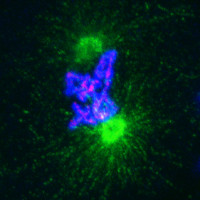
Nucleosome organization and chromatin function
Our main research objective is to elucidate how nucleosome organization is related to chromatin function. We are particularly interested in the organization of centromeric chromatin and in the interplay between chromatin structure and gene expression during differentiation and development.
Apply now
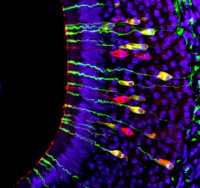
Neurogenetics
We explore the molecular and cellular bases of the neural circuits that direct behaviours in mammals. We use a variety of approaches ranging from transcriptomic screens to the generation of transgenic mice. In these genetically modified animals for example, we visualize and modulate the activity of specific neuronal circuits to identify those involved in the studied behavior, define their organization, and understand their functioning.
Apply now

Vitamin metabolism & plant environment responses
Our research focuses on the biochemistry and physiology behind vitamin biosynthesis and degradation in plants and how these processes interact with other aspects of general primary plant metabolism. We also address aspects of plant stress physiology, more specifically how alteration of vitamin metabolism affects environmental stress responses. Recently, we have also become interested in the association of vitamin metabolism and the circadian clock. In addition to employing the model plants Arabidopsis thaliana (thale cress) and Oryza sativa (rice) as research organisms, we also use bacteria and yeast in our research projects. A range of multi-disciplinary biological and chemical techniques form part of our research program, that include molecular cellular biology, biochemistry & genetics.
Apply now

Centriole architecture and assembly in healthy and diseased conditions
Our laboratory co-led by myself and Prof. Paul Guichard focuses on deciphering the architecture and assembly of centrioles, organelles critical for the proper execution of fundamental biological processes, such as spindle assembly, cell signaling through the primary cilium and fluids motion through motile cilia/flagella. Thus, centriolar defects have been associated to human pathologies including ciliopathies, sterility, microcephaly and cancer. The lab focuses on deciphering the structural mechanisms governing centriole assembly. To this end, we are combining the use of cell biology methods, in vitro reconstitution assays and expansion microscopy to gain decisive insights into these mechanisms.
Apply now

GPCR Signaling in Development, Cell Biology and Pathology
Animal development and physiology are controlled by signaling pathways. Among them, G protein-coupled receptors (GPCRs) and their transducers the heterotrimeric G-proteins (Gα, Gβ, Gγ) play pivotal roles. We investigate multiple aspects of GPCR signaling using a broad combination of techniques: Drosophila genetics, cell and cancer biology, neurobiology, protein biochemistry, bioinformatics and systems biology. Examples of our research include the role of Wnt/GPCR signaling in neuromuscular junction and eye development, application of mathematical “information theory” to GPCR signaling in breast cancer, regulation of cellular trafficking and cytoskeleton dynamics via the G-protein Gαo, and the molecular mechanisms undelaying pediatric encephalopathies caused by Gαo mutations.
Apply now
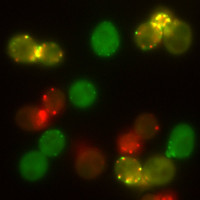
Dynamics of membrane trafficking
We are interested in membrane traffic in eukaryotic cells, especially clathrin-mediated endocytosis. We use a combination of various imaging approaches, genetics and biochemistry to gain quantitative understanding of the molecular mechanisms of the trafficking processes.
Apply now

